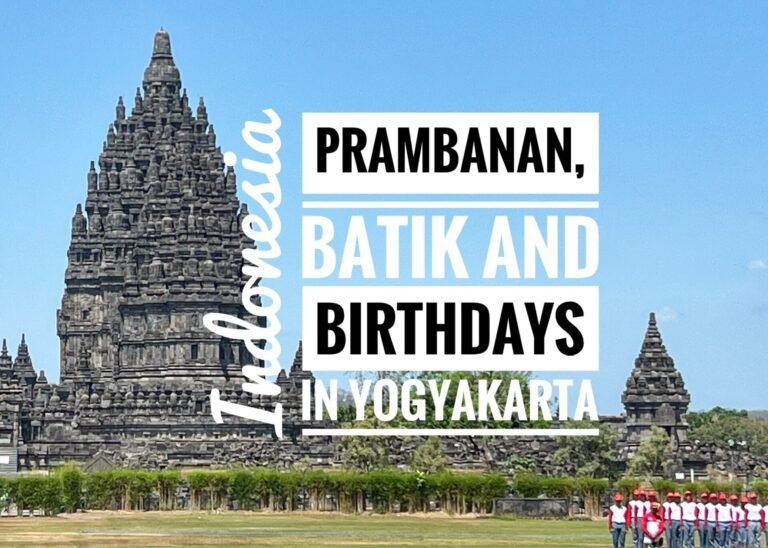
We loved living in Mur-de-Barrez for two weeks because it allowed us the opportunity to explore one of France’s wild corners…the lesser explored, but still discovery-packed Aveyron and Auvergne regions. We were also incredibly fortunate because we had fabulous guide in our hostess, Laura, who arguably has an explorer gene that rivals ours. She even liked seeking out weird rocks like Greg.
Estaing
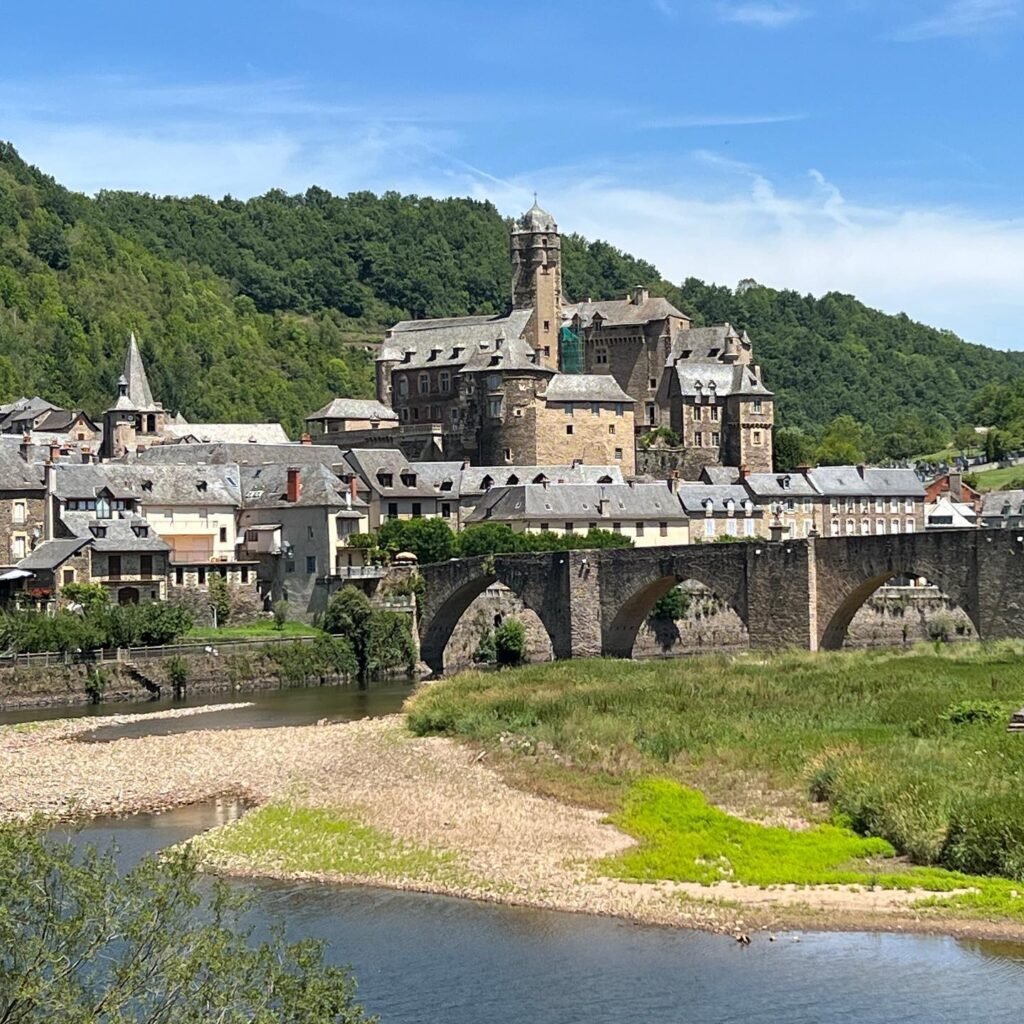
We started with a light helping of Estaing. Located in the north of the Aveyron department, Estaing is considered one of the most picturesque villages in France. It is not overly touristy, other than the pilgrims that walk through its gothic bridge en route to Compostela.
Bozouls

The village of Bozouls has been teetering atop a precarious horseshoe-shaped canyon, or a giant hole, as our host Laura put it, for close to 1000 years. Hole indeed. This geologic limestone anomaly is 400 meters wide and 100 meters deep, and seemingly falls into the earth out of nowhere amongst rolling hills.
La Couvertoirade
As we stumbled into yet another beautiful village in France, we had yet to see anything even remotely resembling a strip mall or piece of kitsch anywhere in this country. When we asked Laura about this, she said they do exist but are few and far between thanks to strict building and preservation laws.
The name of this particular medieval storybook setting is La Couvertoirade. Beginning in the 12th Century, this swoonworthy village has welcomed travellers from all places who have benefited from the legendary hospitality of the village Lords, first the Templars and then the Knights of Malta.

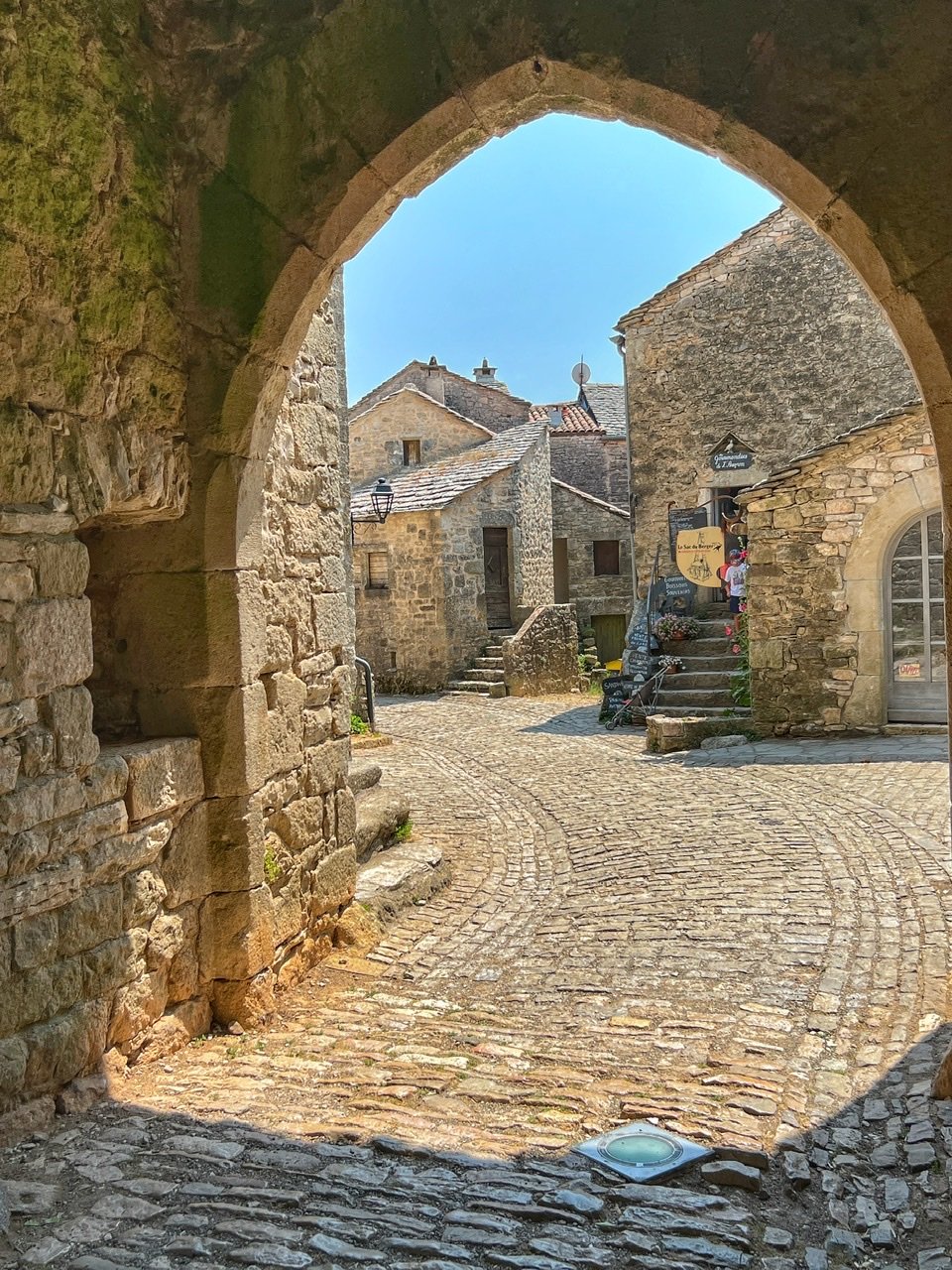
Entering another era, our cuteness meters were already completely overloaded.
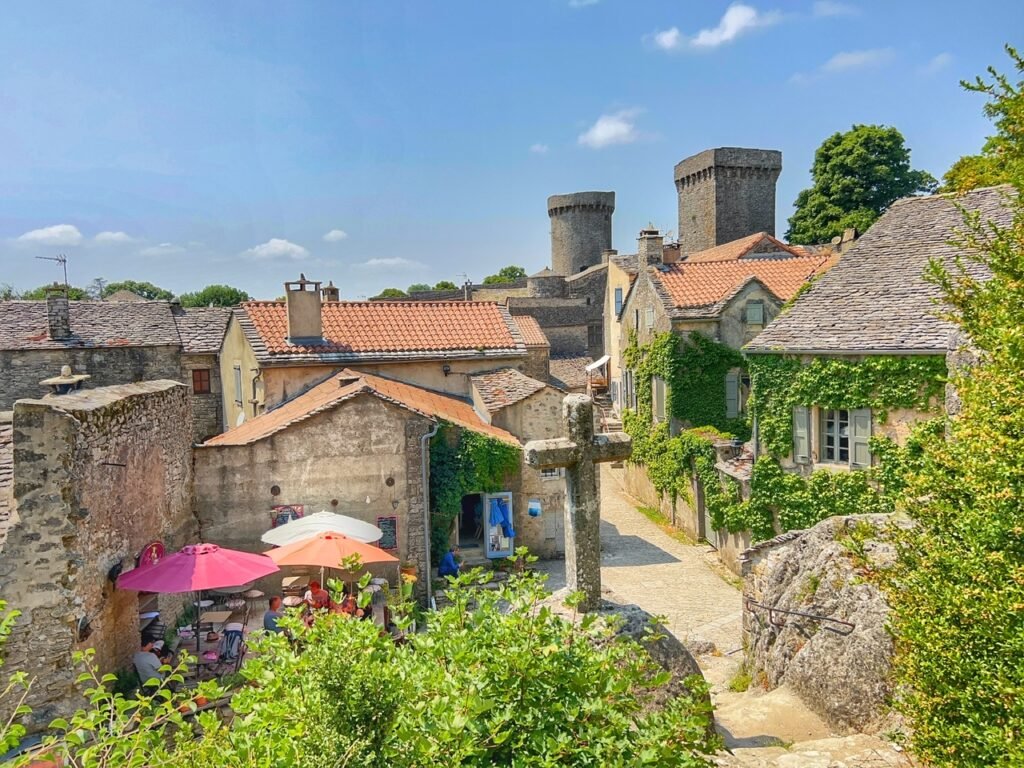
This remarkably preserved village, unlike others we had seen which seem to be abandoned, is brought to life by lively artisan shops and cafes.

And these goofballs.

The fortified rampart that surrounds the ancient village. While we were there a group of tourists were learning about medieval music and weaponry.
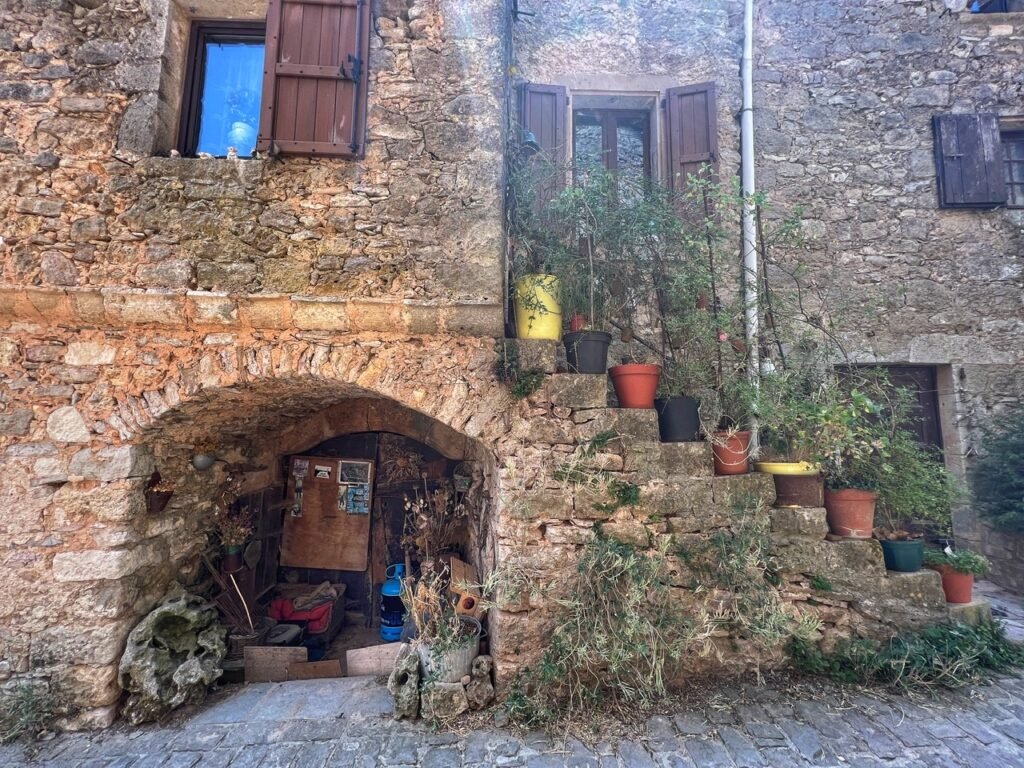
Yes! People live here!

Another entrance to the village
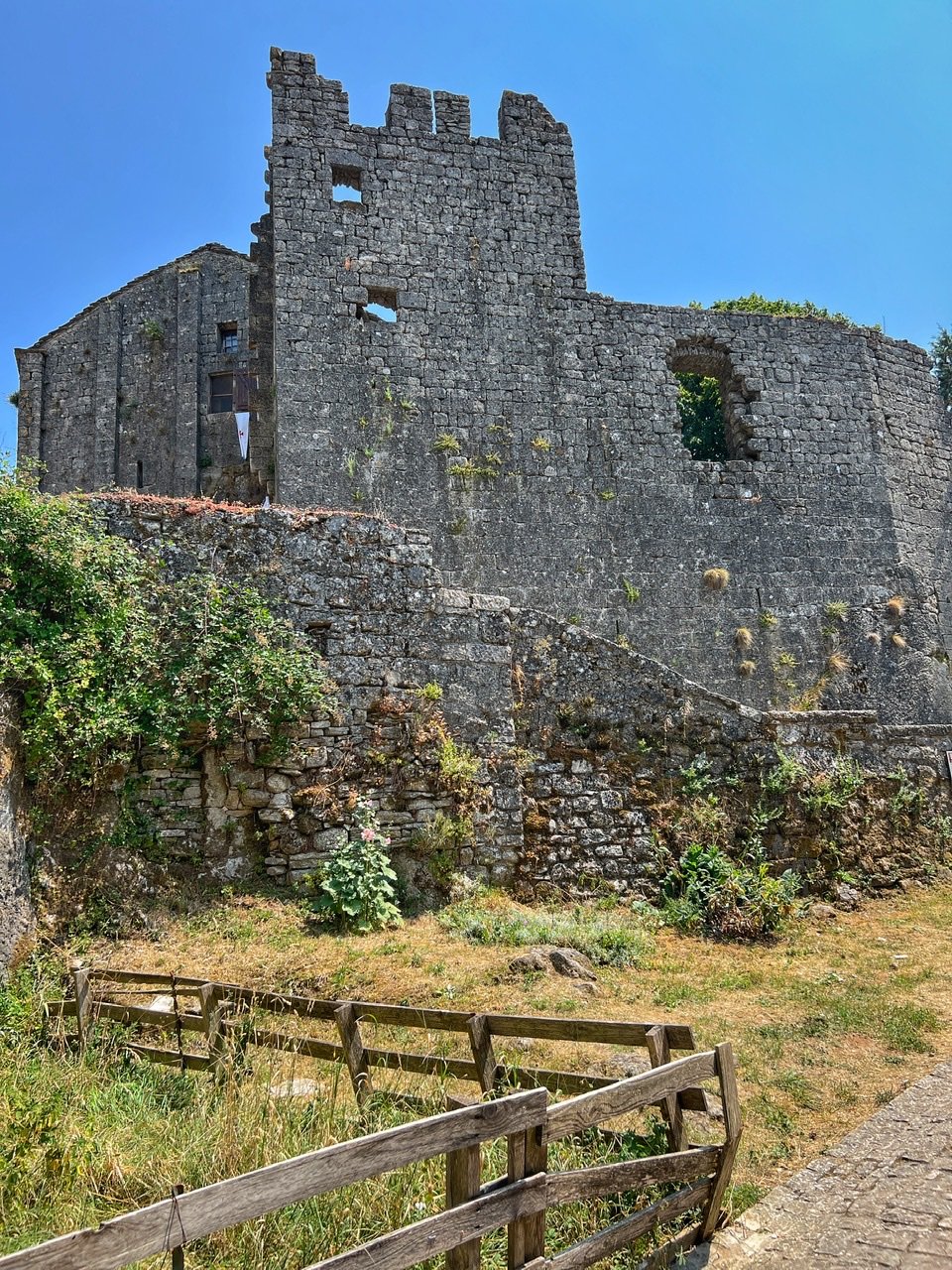

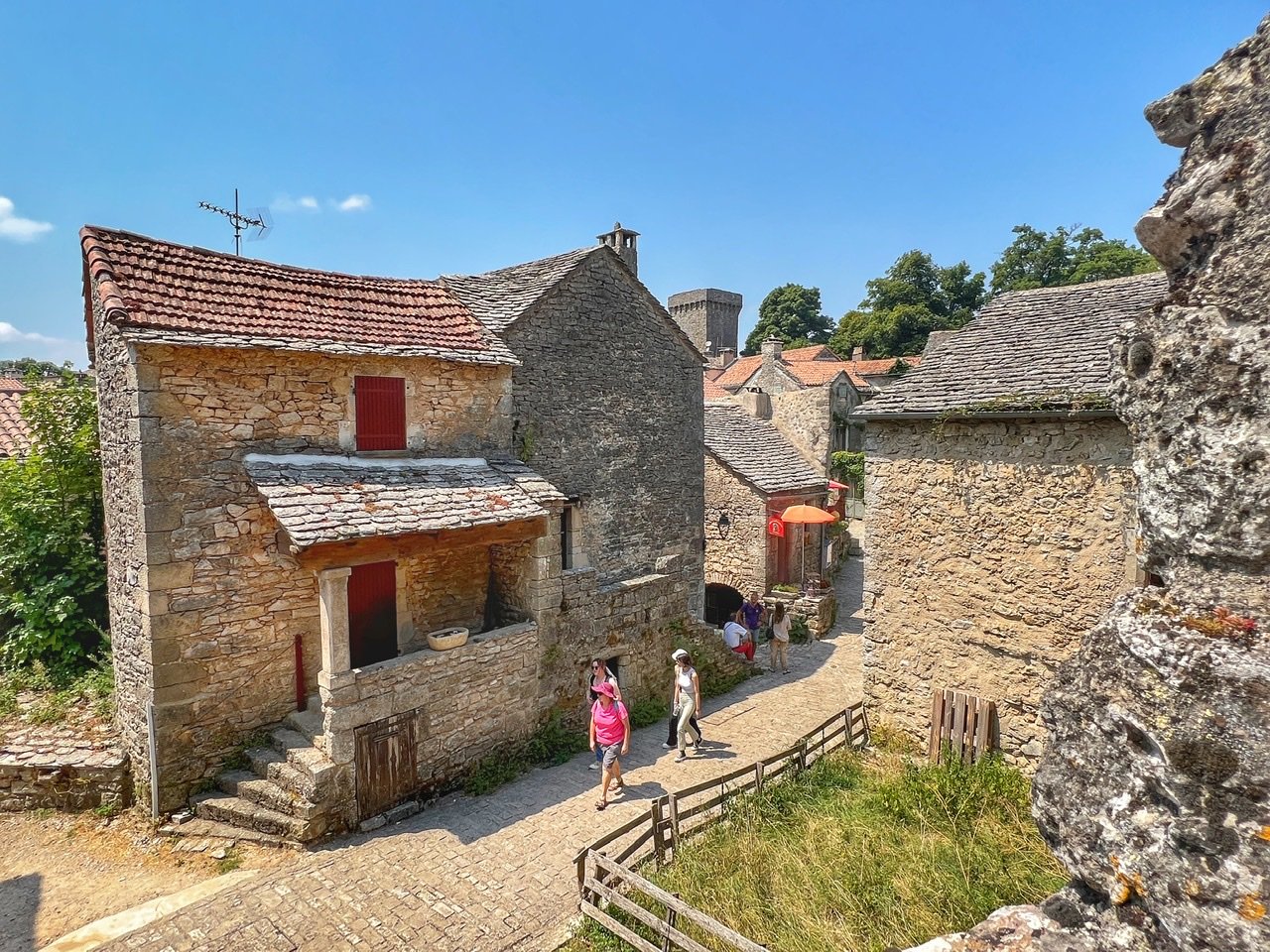
If these walls could talk.

The Templar flag. The red cross was a symbol of martyrdom, and to die in combat was considered a great honour that assured a place in heaven.

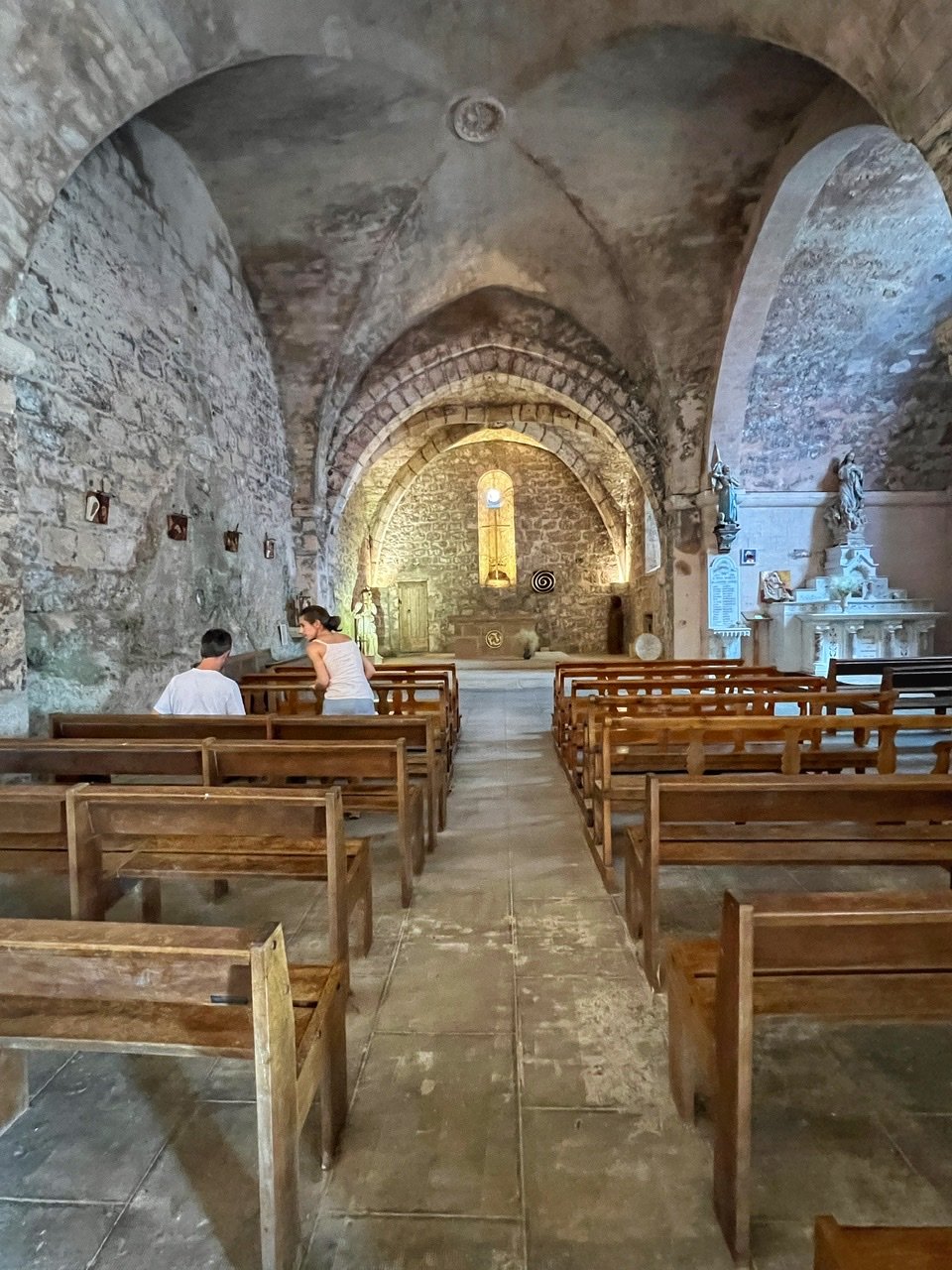
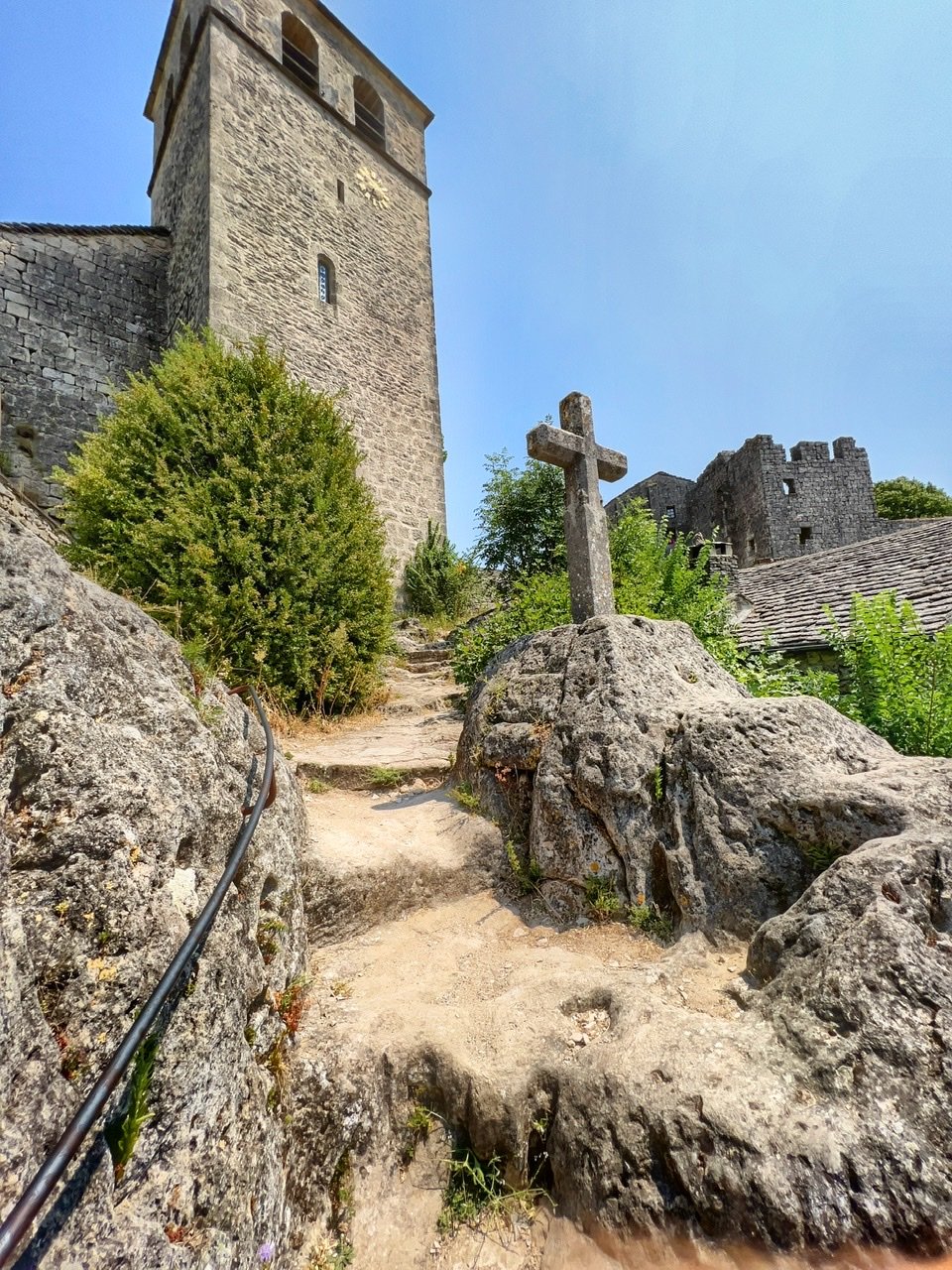
The church featured surprising contemporary stained glass windows: the work of Claude Baillon. Lastly, the chateau leading up to the church.

Of all the villages we saw, La Couvertoirade was undoubtedly one of our favorites.

Another bonus to La Couvertoirade? Just outside of the village, thanks to Mapy, we stumbled across the archeological ruin, Dolmen de la Viste. A Dolmen is typically a single-chamber megalithic tomb dating from the Neolithic age (4000-3000 BC). This mysterious igloo resembling stone structure, was probably one of the most extraordinary ones we saw during our time in France. We couldn’t find any other information on it.
Roquefort

On another day, we got to check out the town where the best cheese on the planet is made. France is laced with unbelievable artisan products at a terrific value and Roquefort cheese is certainly no exception. This world renowned classic blue mold cheese is made from sheep’s milk and may very well be the Cheese Champ, winning our personal award for best cheese we’ve ever laid tongues on. And evidently we’re not the only ones who feel this was as it has been eaten by notable kings and popes for hundreds of years. It is buttery, tangy creamy, moist and absolutely unputdownable when paired with a glass of red.
Legend has it that the cheese was discovered when a youth, eating his lunch of bread and ewes’ milk cheese, saw a beautiful girl in the distance. Abandoning his meal in a nearby cave, he ran to meet her. When he returned a few months later, the mold (penicillin roqueforti) had transformed his plain cheese into Roquefort. (Wikipedia)
Thus, he got the girl…and the cheese!! Score!!!

In the small village of Roquefort, there are 7 individual independent businesses which produce Roquefort cheese. We chose to tour the caves of Papillon. Roquefort is similar to Champagne in that it can only be called this if produced within a certain zone which measures just 2km long and 300m wide. Outside this zone, no cheese can bear the trademark of Roquefort.
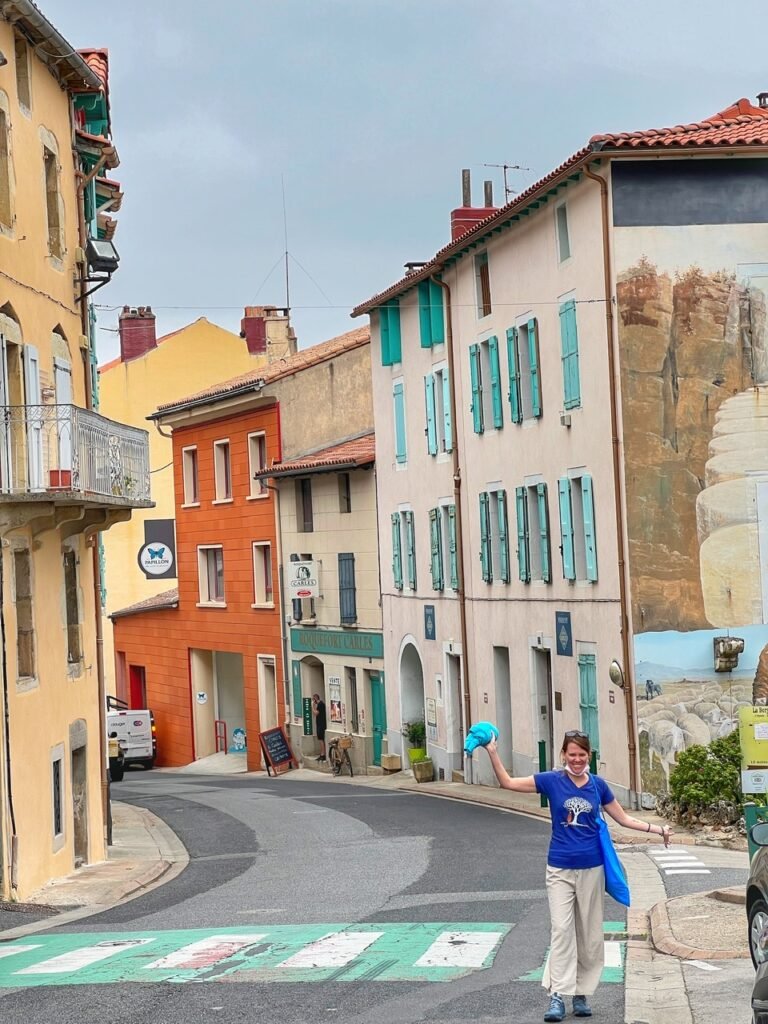
Mandy in the village of Roquefort. Notice anything different about her feet? By this point, she was walking up to 900 steps a day with real shoes. Whoohoo!
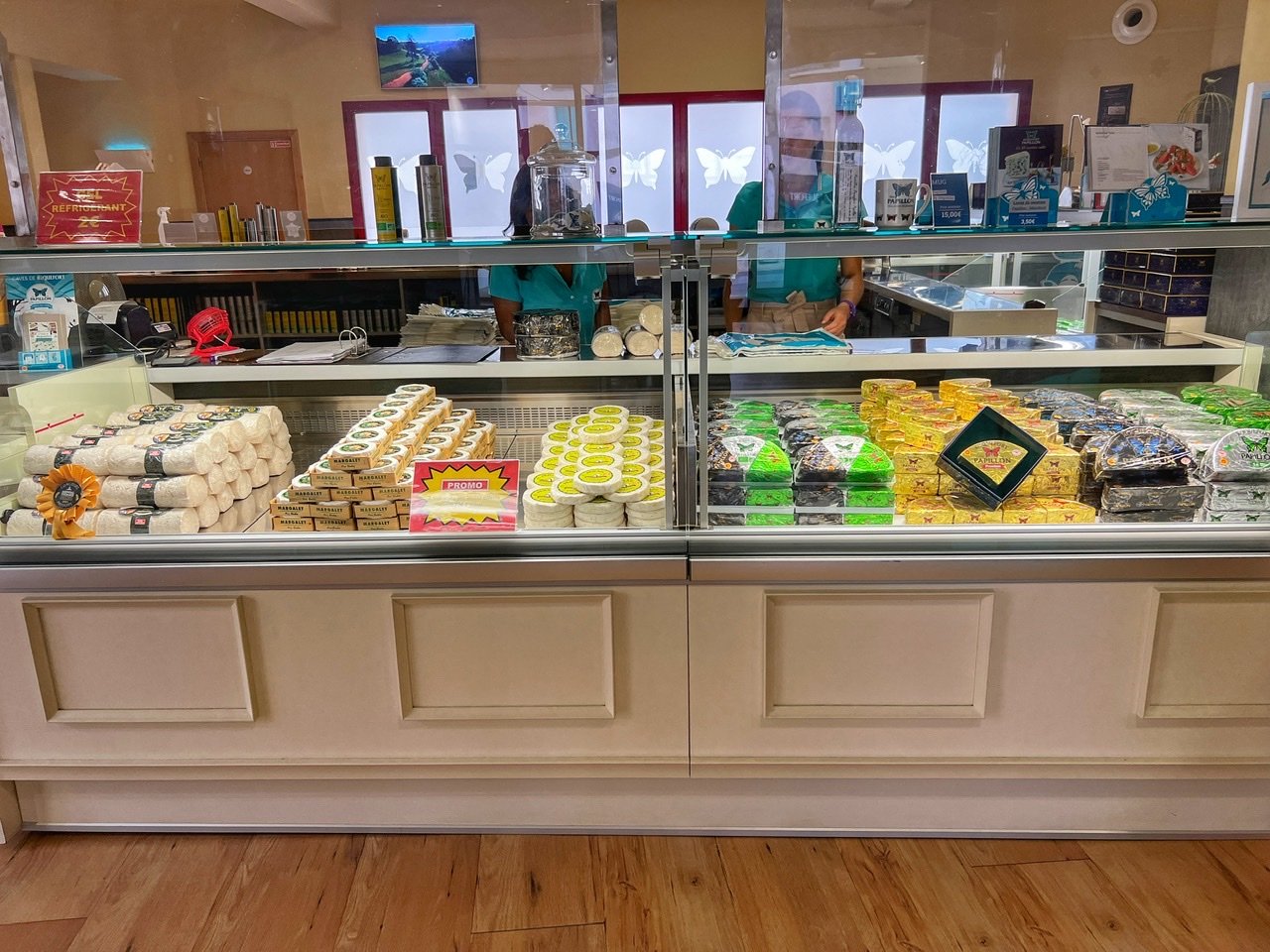

The tour and tasting was free but, considering it was the best cheese ever…did we mention this?…we obviously had to buy some. We settled on the premium package. It was worth every euro we spent on it (9.90€). It comes from one breed of sheep: Lacaune and the cheese must be manufactured with raw and unskimmed ewe’s milk.
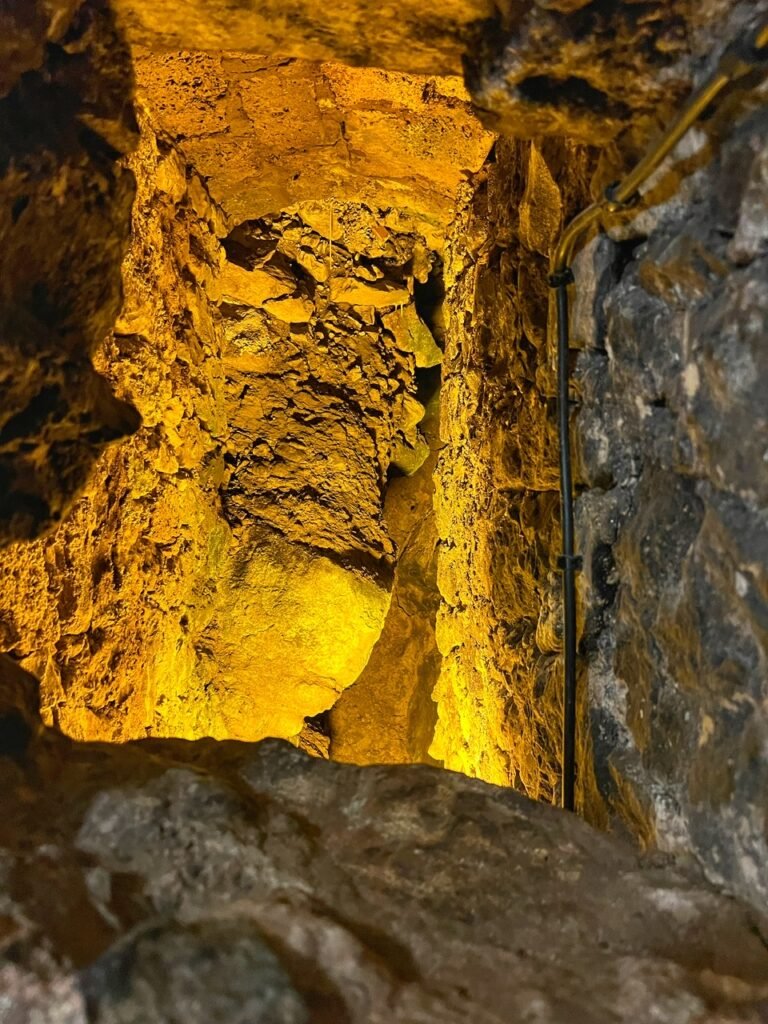
The maturing process must last a minimum of 90 days in the caves. The caves were nice and cool and went down many flights of stairs.

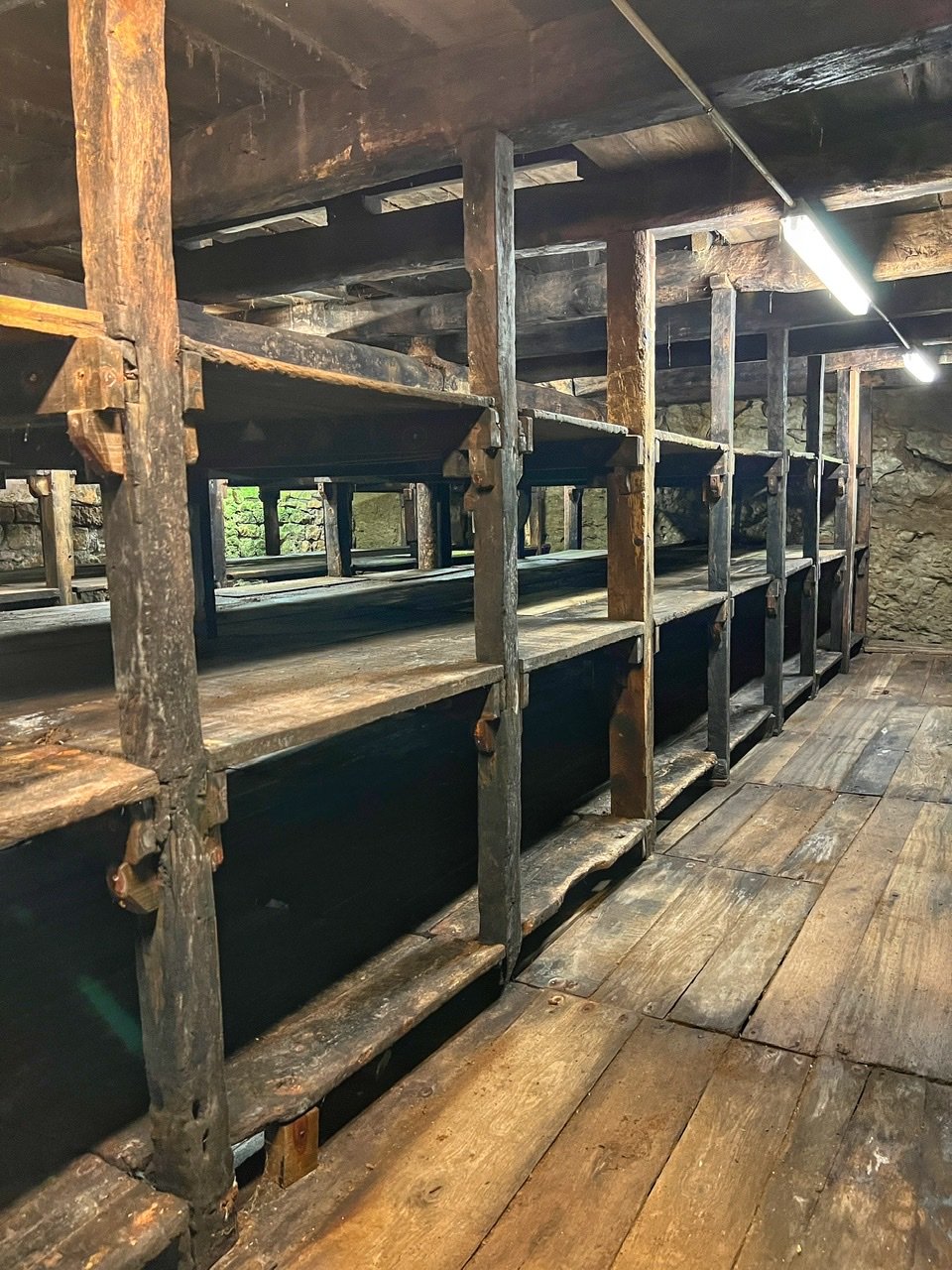
It also must be sown with Penicillium Roqueforti (bleu-green fungus), a microscopic fungus which is put into the curd just before it’s poured into the moulds. To obtain this fungus, during the month of September, 300 loaves of rye bread with 80% of rye flour and 20% of wheat flour are made and they are organic. The loaves are baked very quickly in a hot wood fire. So they will burn on the outside and they will remain uncooked on the inside. Then they will sown with the Penicillium Roqueforti and left to become mouldy for 40 days in the caves. Next, they take off the crust and the inside of the bread is left dry in heated room at 30°C. Then it will be ground and sifted to collect only the blue-green fungus. Second picture if more penicillin farming racks.
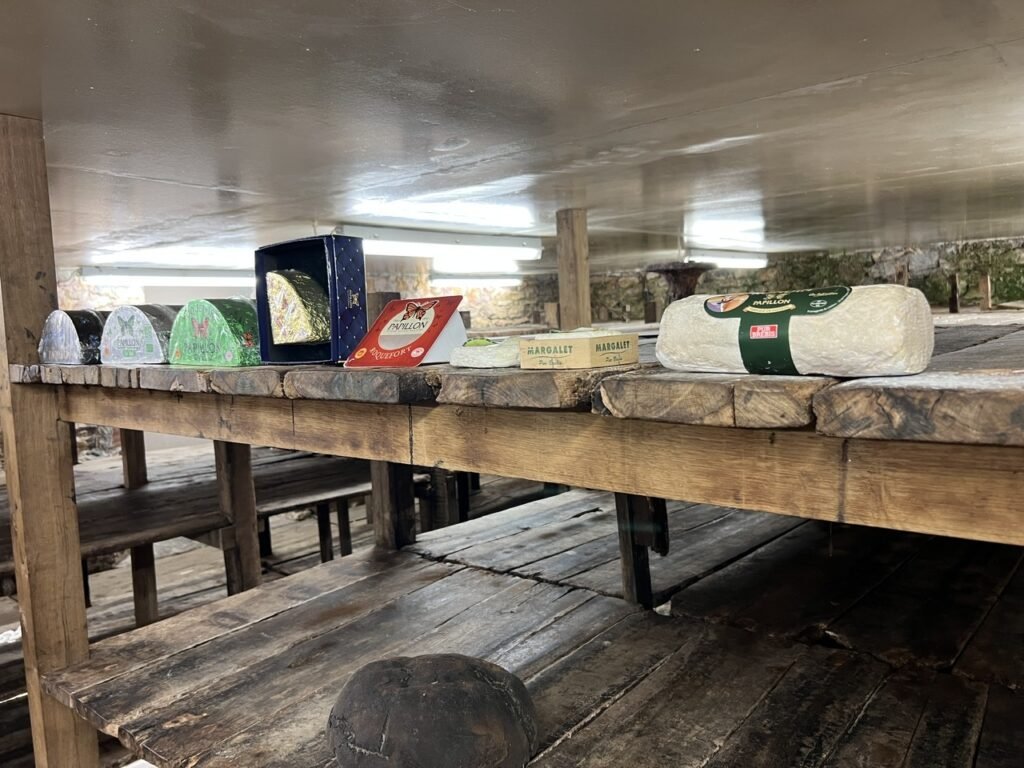
The final product line.

Another very popular brand we’ve had many times.

Our very French dinner we whipped up that night. Ratatouille, tangine (not French!), Roquefort cheese, Aligot (cheese and potatoes) and olives.
Saint Eulalie-du-Cernon
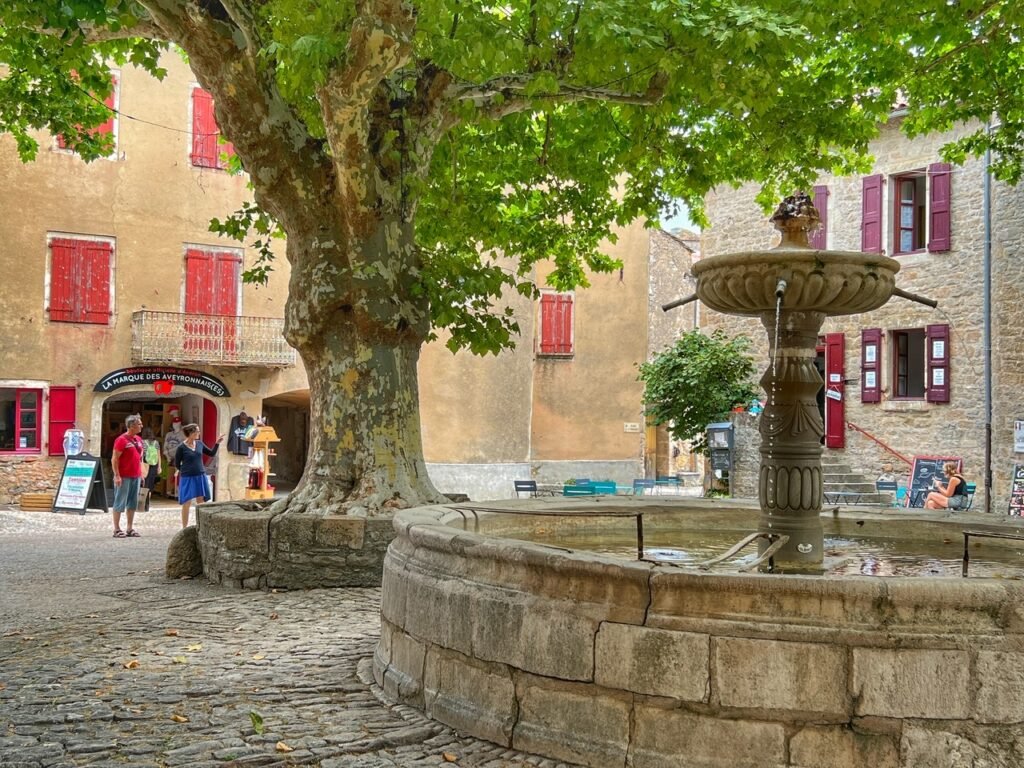
The atmospheric Mediterranean-style medieval village of Saint Eulalie was a flawless and strategic place for the Knights Templar settled in the 12th Century. While here, the Templars built a commandery, which is best preserved in France.

The First World War Memorial with a listing of all the men who died from this tiny village. There were about 30 names. We’ve been surprised to learn how many more soldiers actually died in the first war than the second in France.
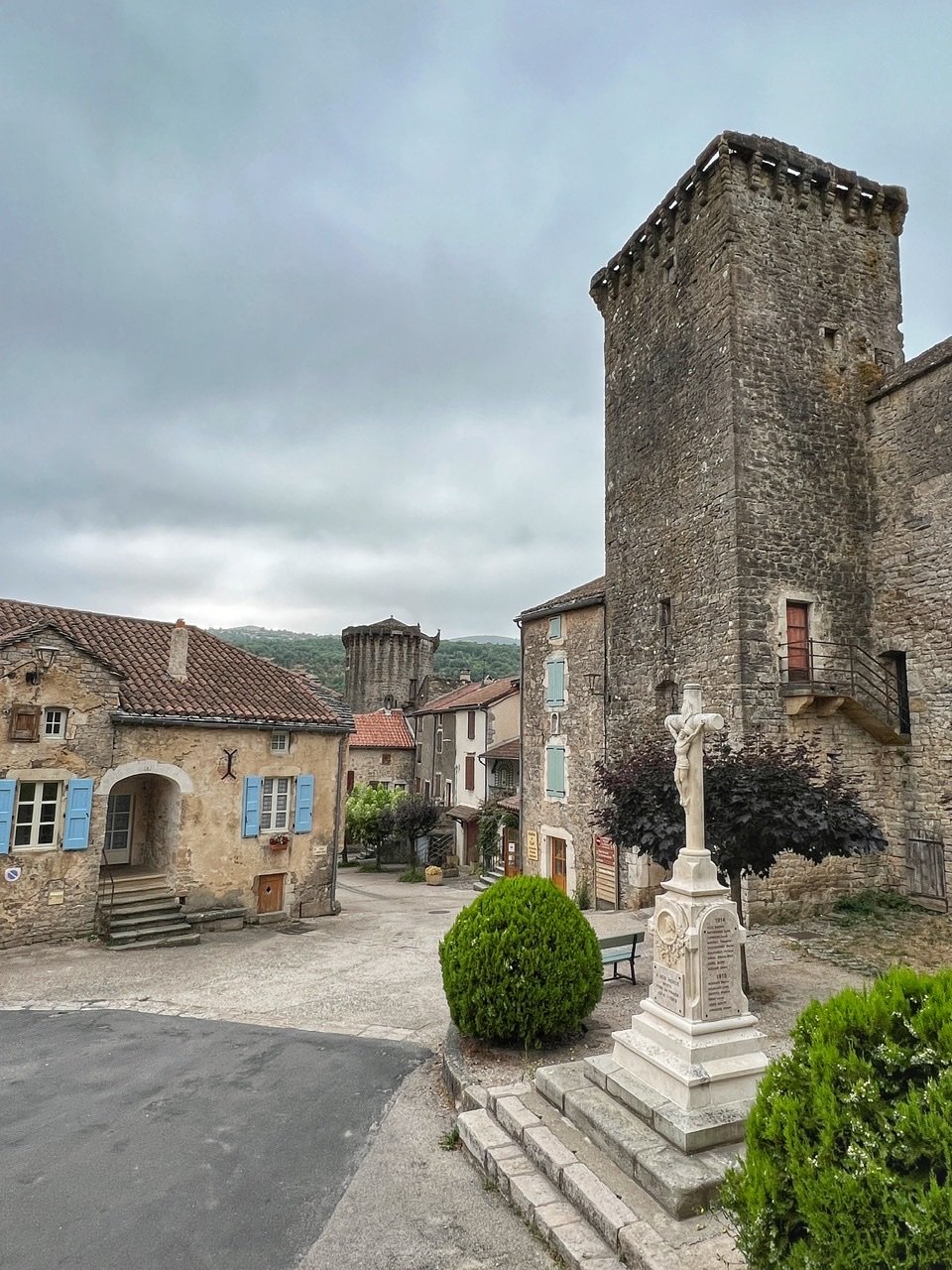
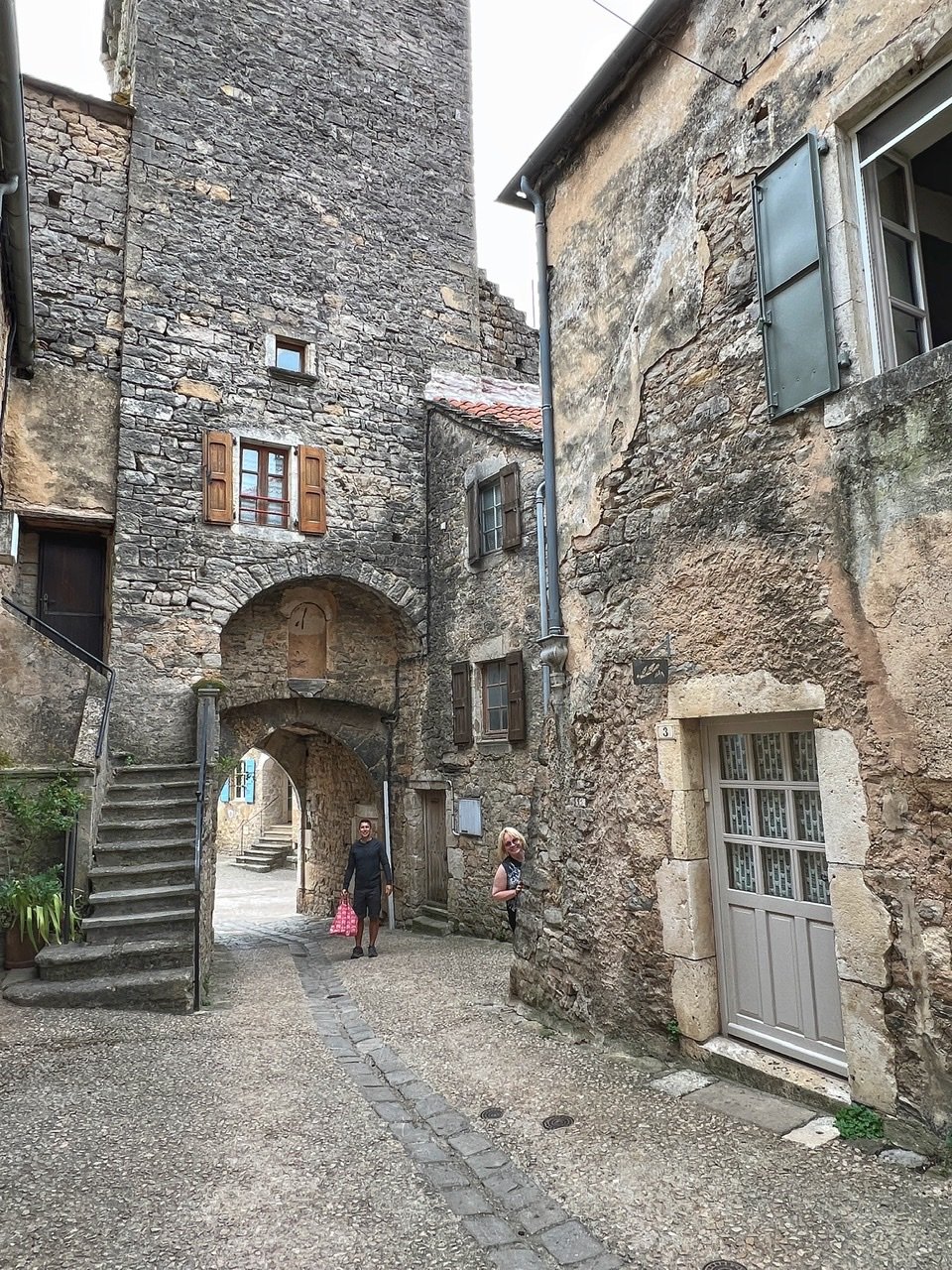




More photos in the village of Saint Eulalie.
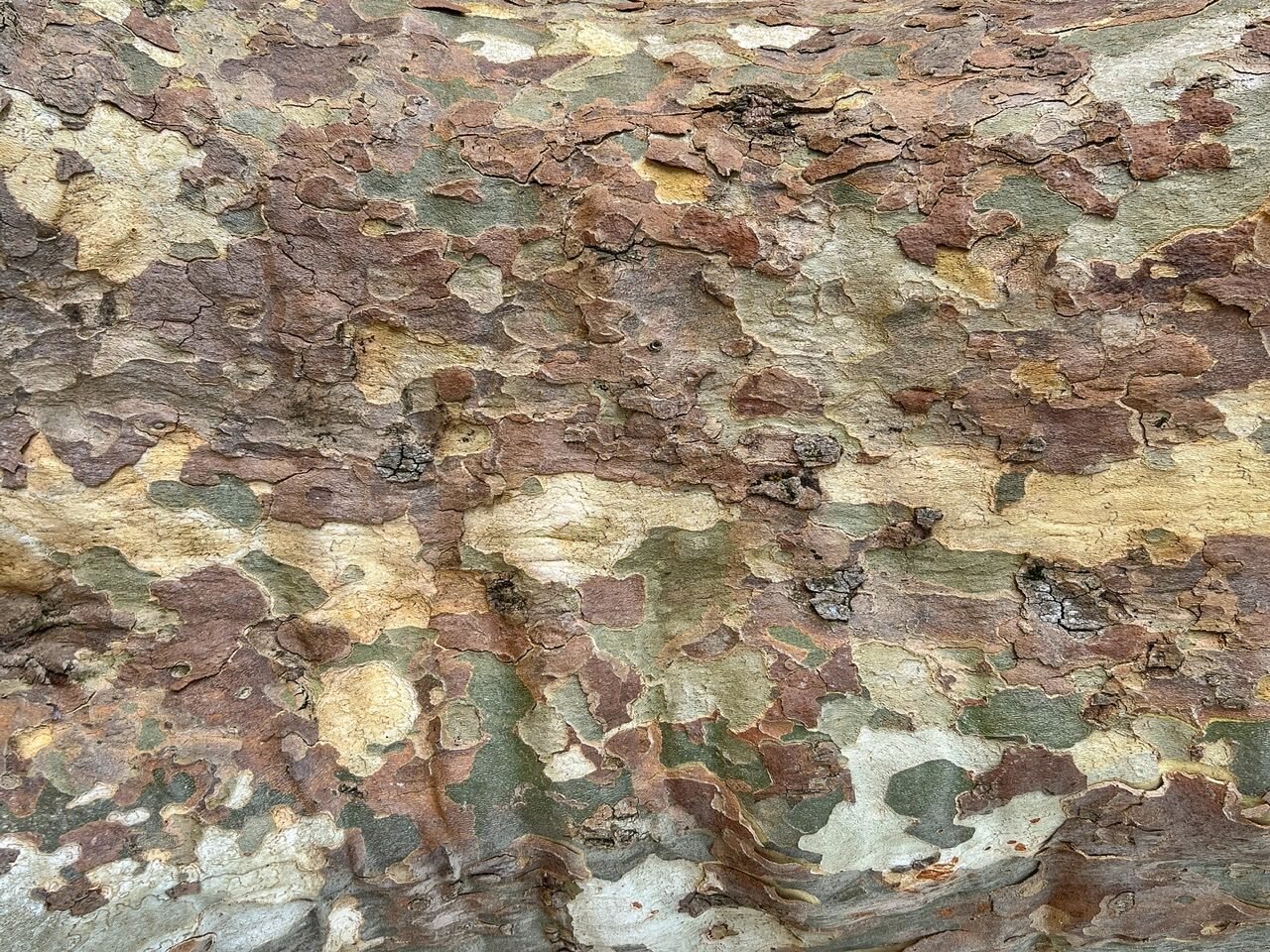
A tree from the sycamore family has camouflage bark.
Valon
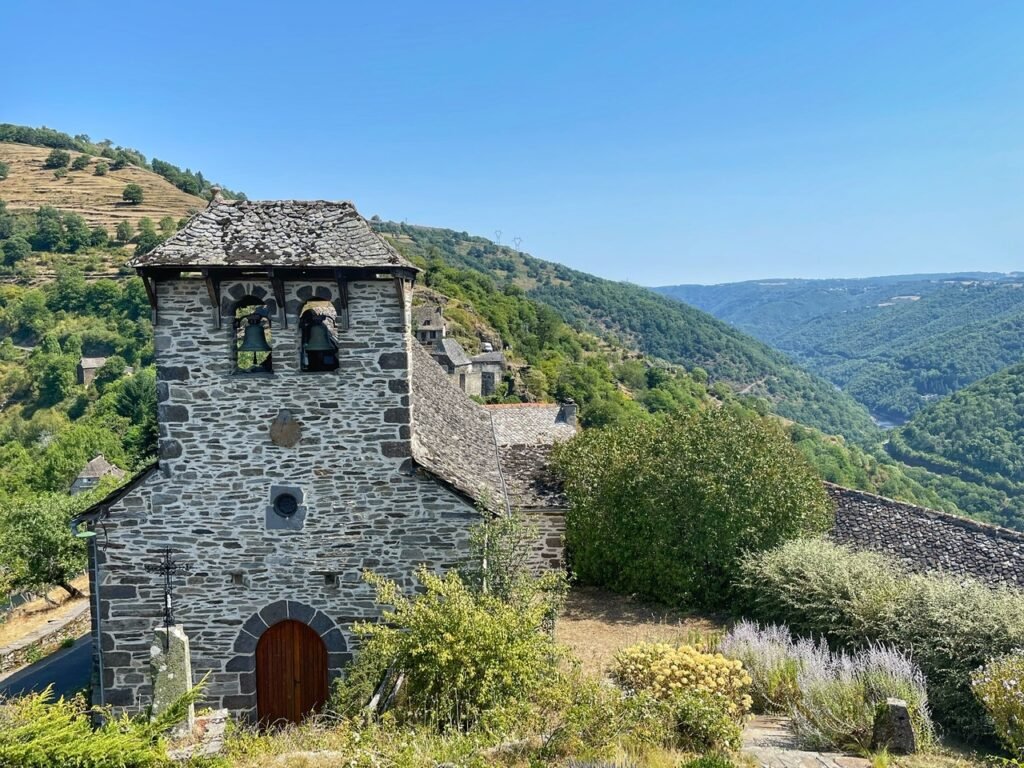
While Greg took a long solo hike, Laura and Mandy took their own mini adventure to the exceptional village of Valon in the Aveyron region of France. Despite their mutual physical challenges, it was petite enough for them to walk it its entirety amongst a 12th Century Chateau and eye catching slate shielded stone houses set atop the stunning natural scenery of the Truyère Gorges. Above, the church overlooking the valley.

Climbing up to the chateau!

So many houses were completely saturated in ivy, moss and succulents
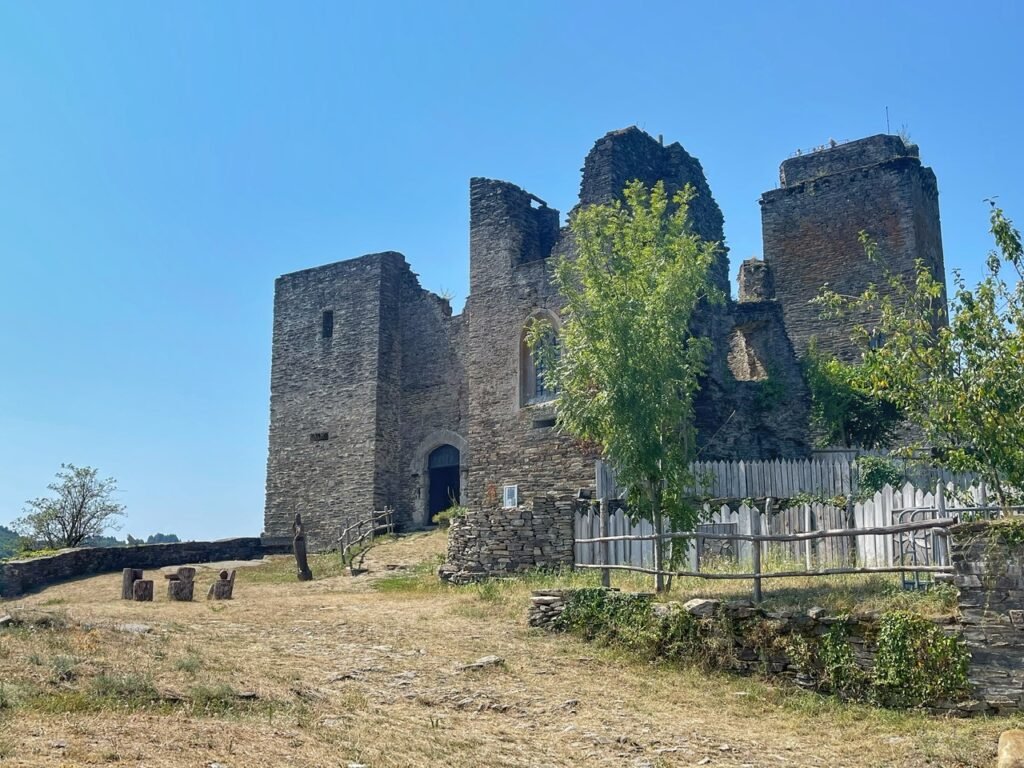
There was a small handful of tourists at the ruined chateau. It cost 3€ to enter and you were able to climb into the tower and it featured three existing rooms including one intact dungeon. From 1378 to 1387, during the Hundred Years War, the castle was occupied by highwaymen who were ransacking the whole county. It was abandoned after the Revolution, and was used as a quarry to build the village.

Oh if only we had a selfie stick ?

The houses and views were just exquisite.
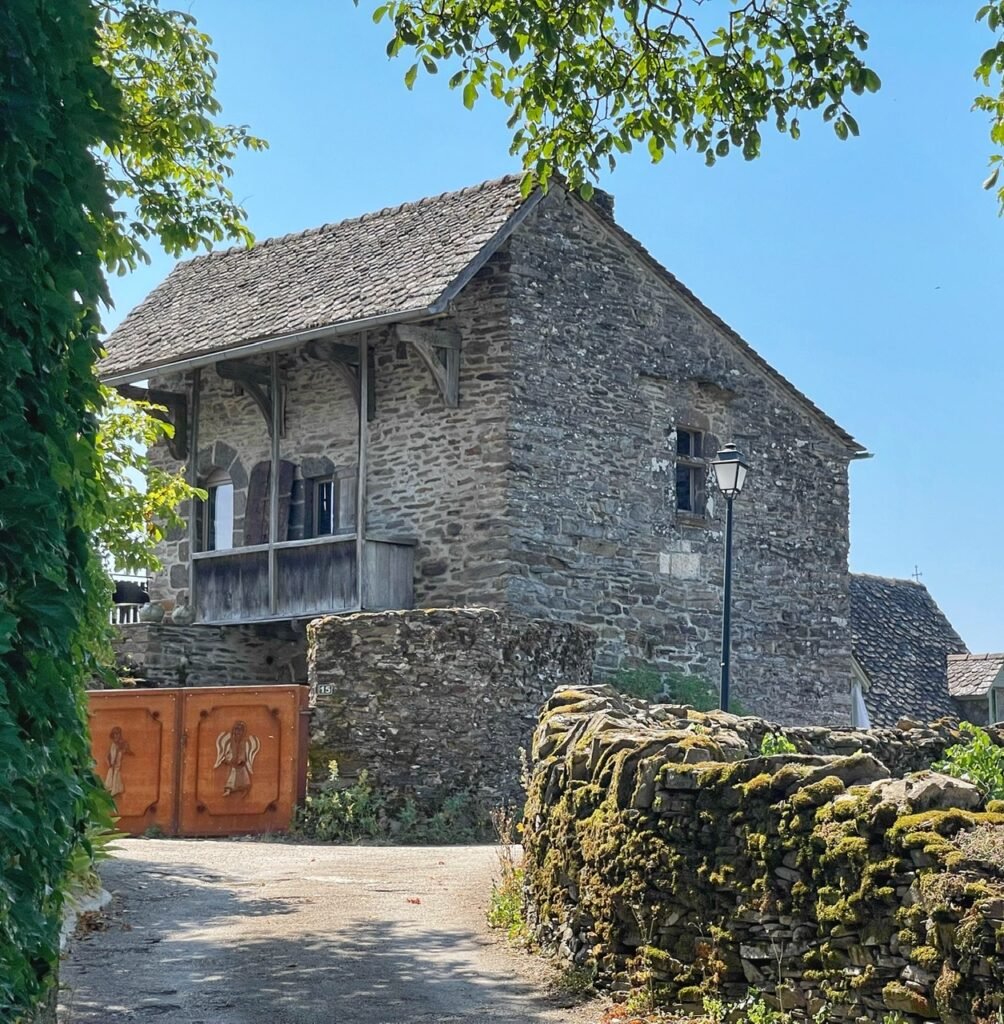
Especially appreciated the roof line of this one.

This roughly 200 year old home had the same roof line (not standing power) of Mandy’s childhood home.
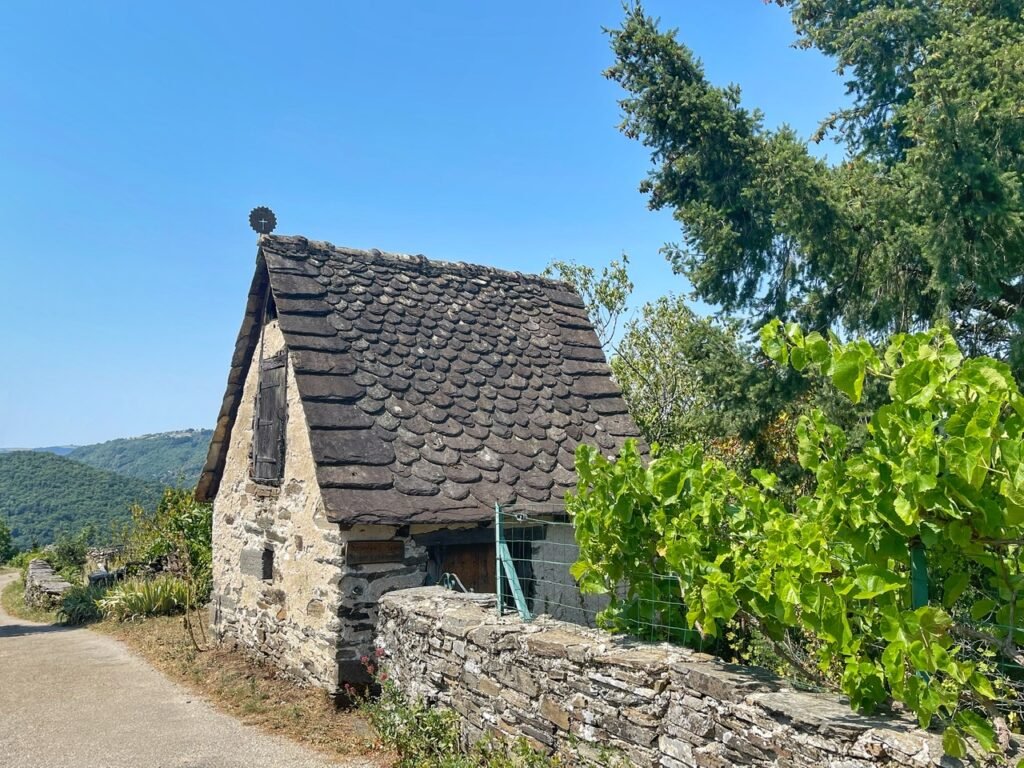
This cute little number is used exclusively for drying chestnuts

Valon as seen from a distance.
Rodelle
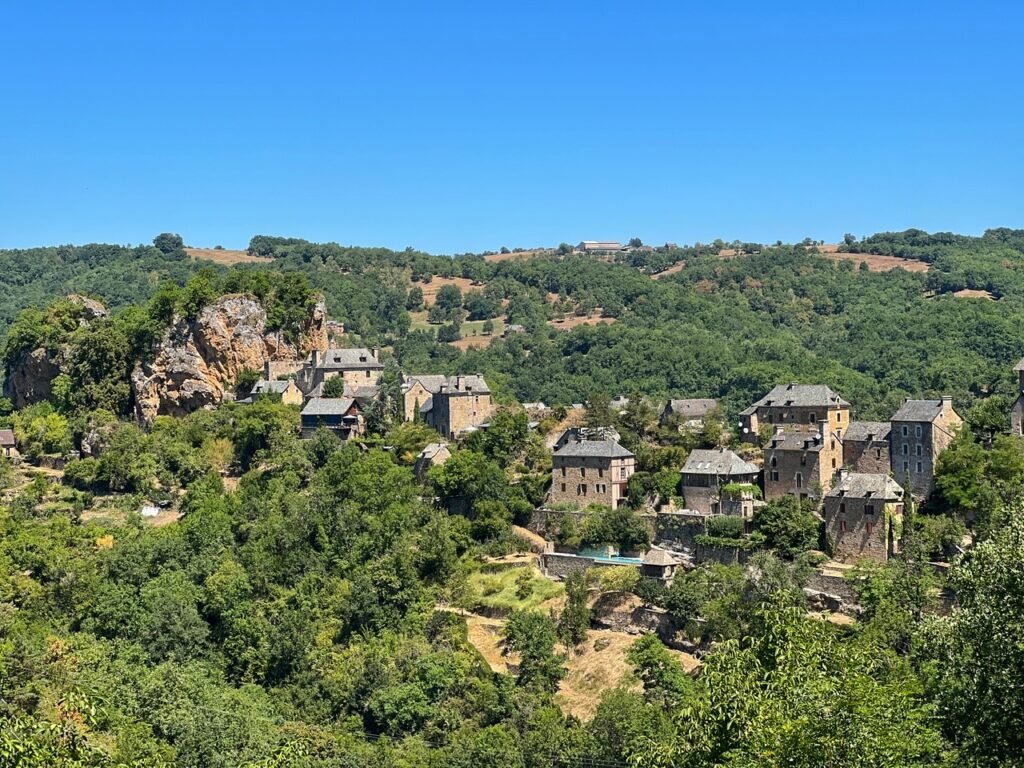
The provincial village of Rodelle features a striking rock, unoccupied streets and a lovely forested trail with shrouded caves, which were likely used as cellars.
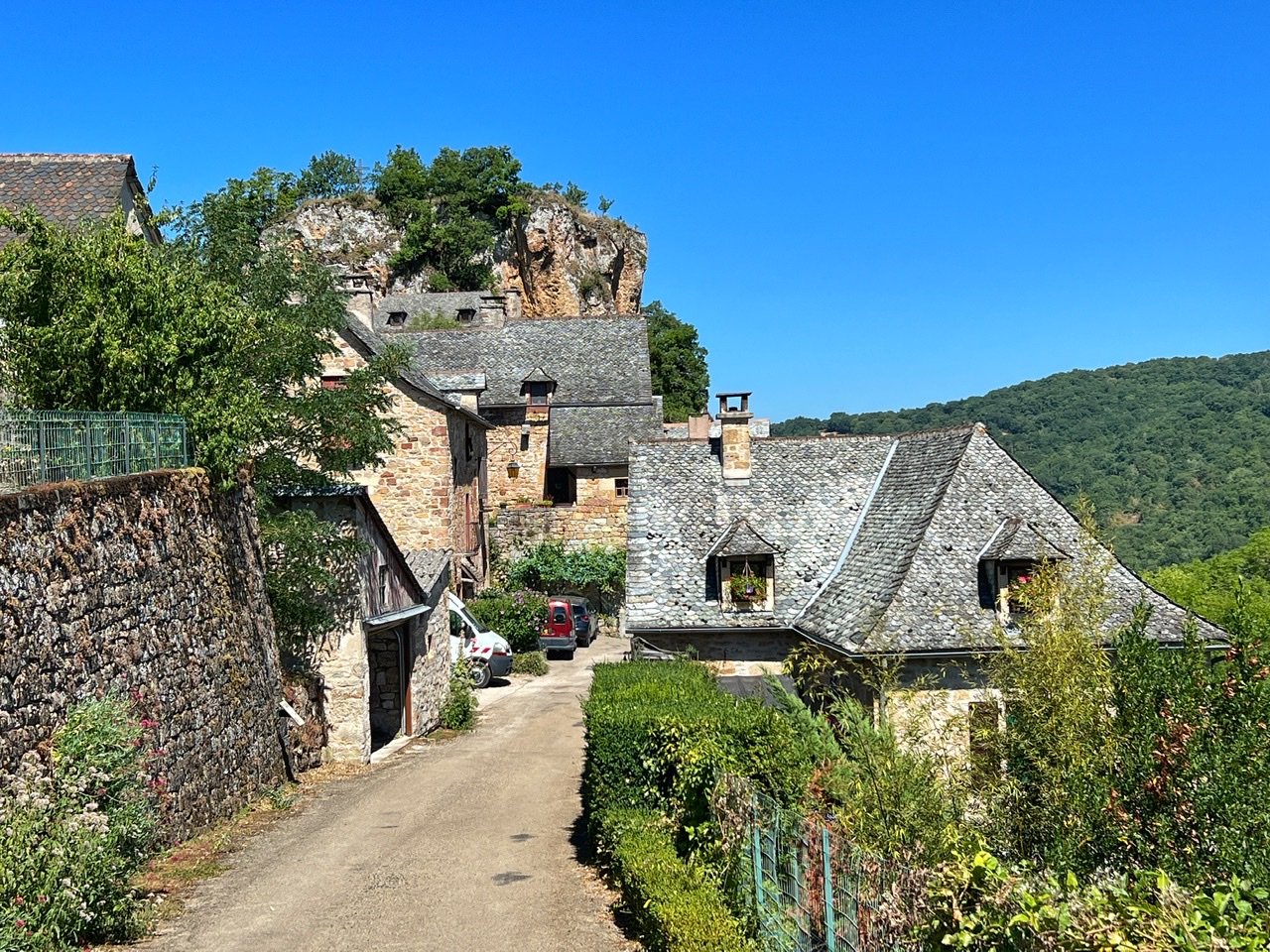




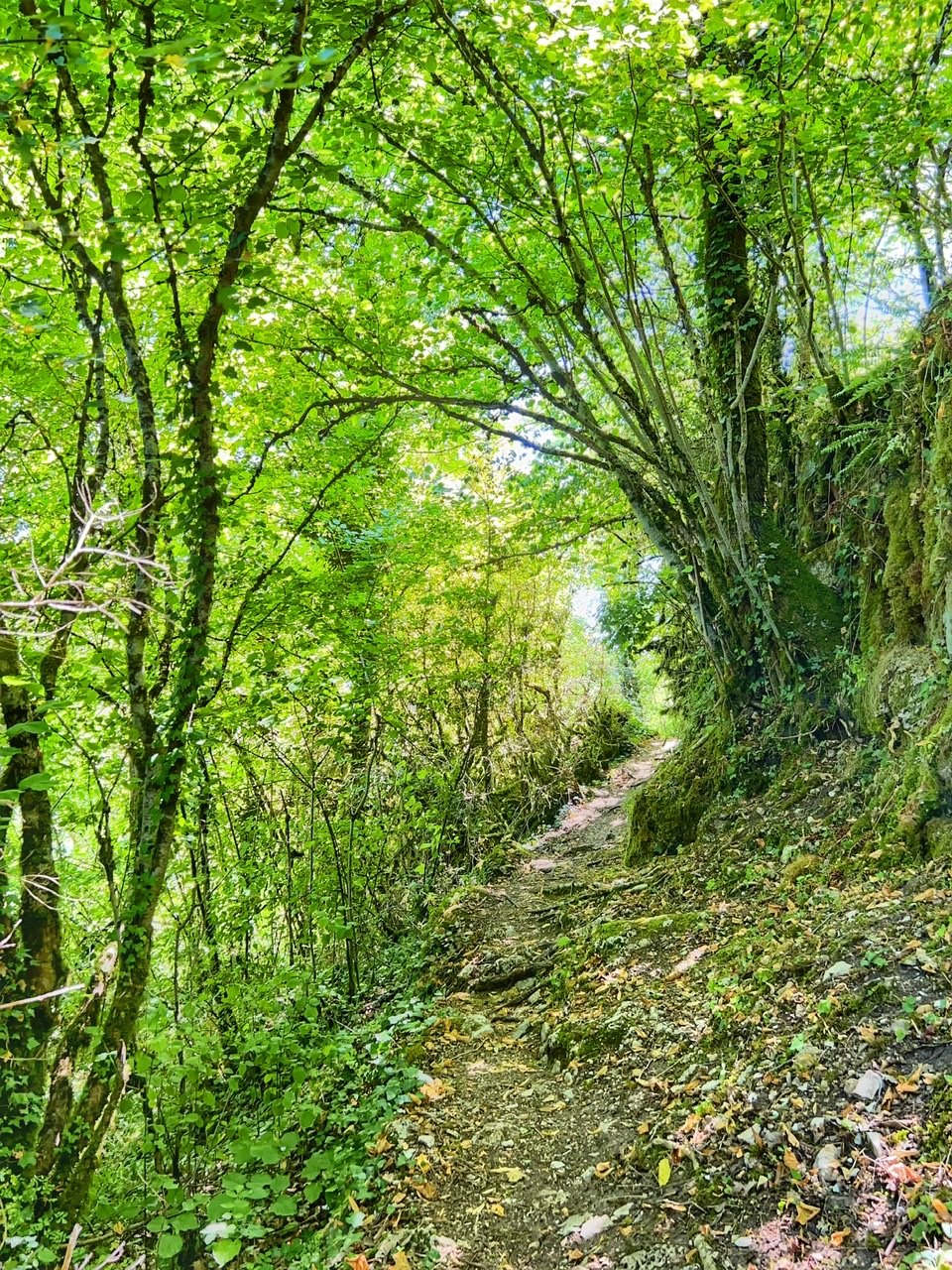
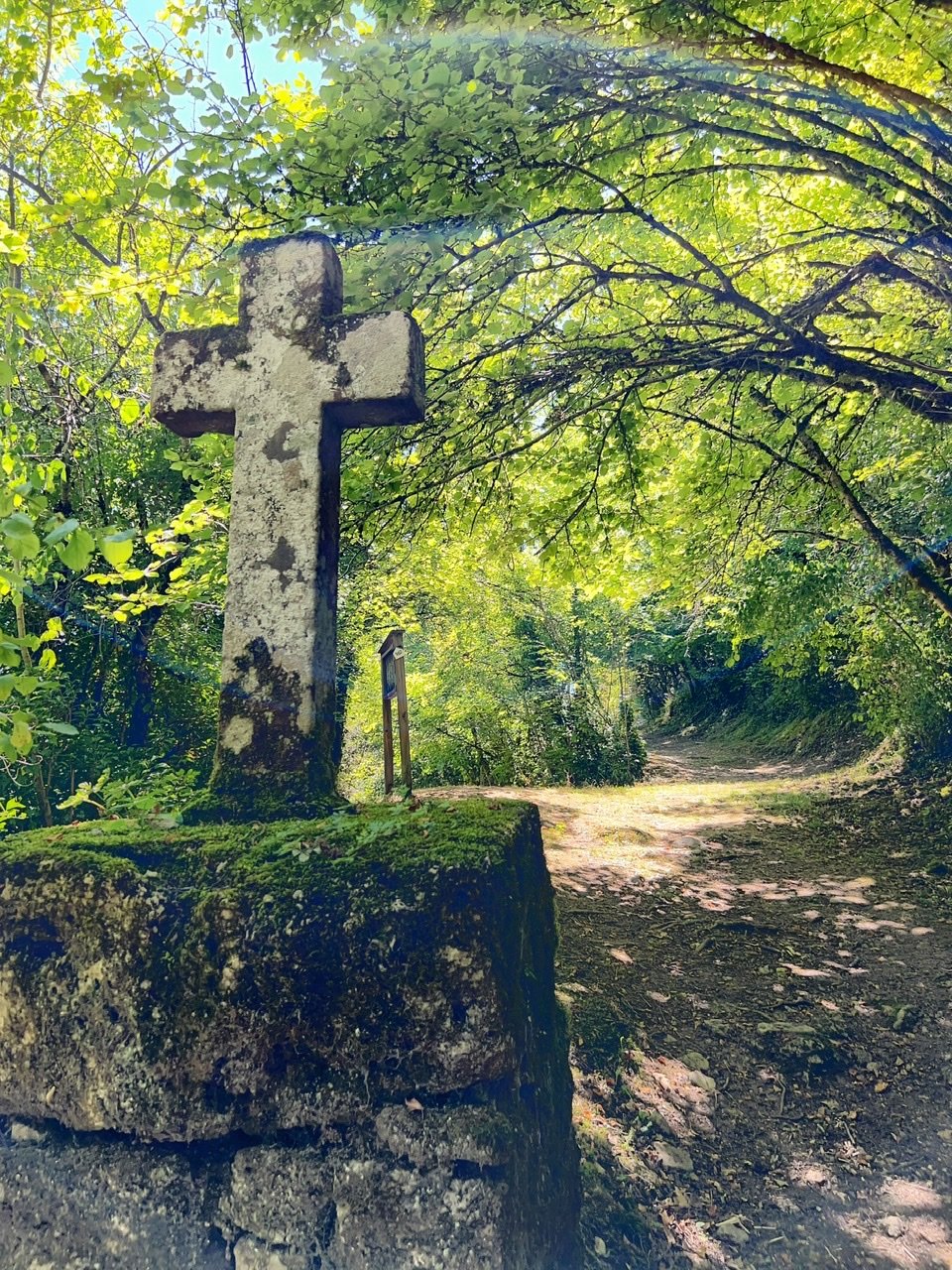
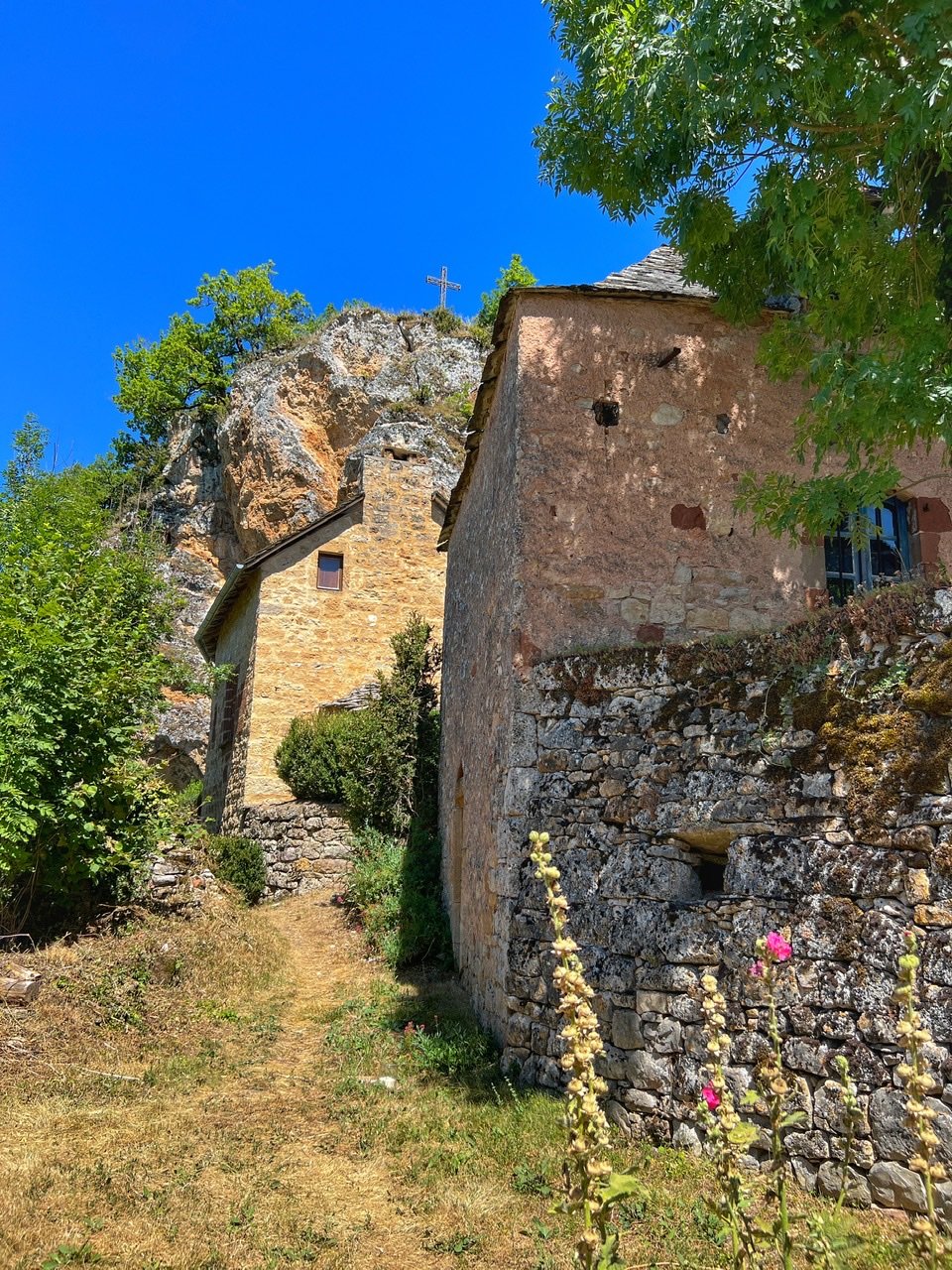
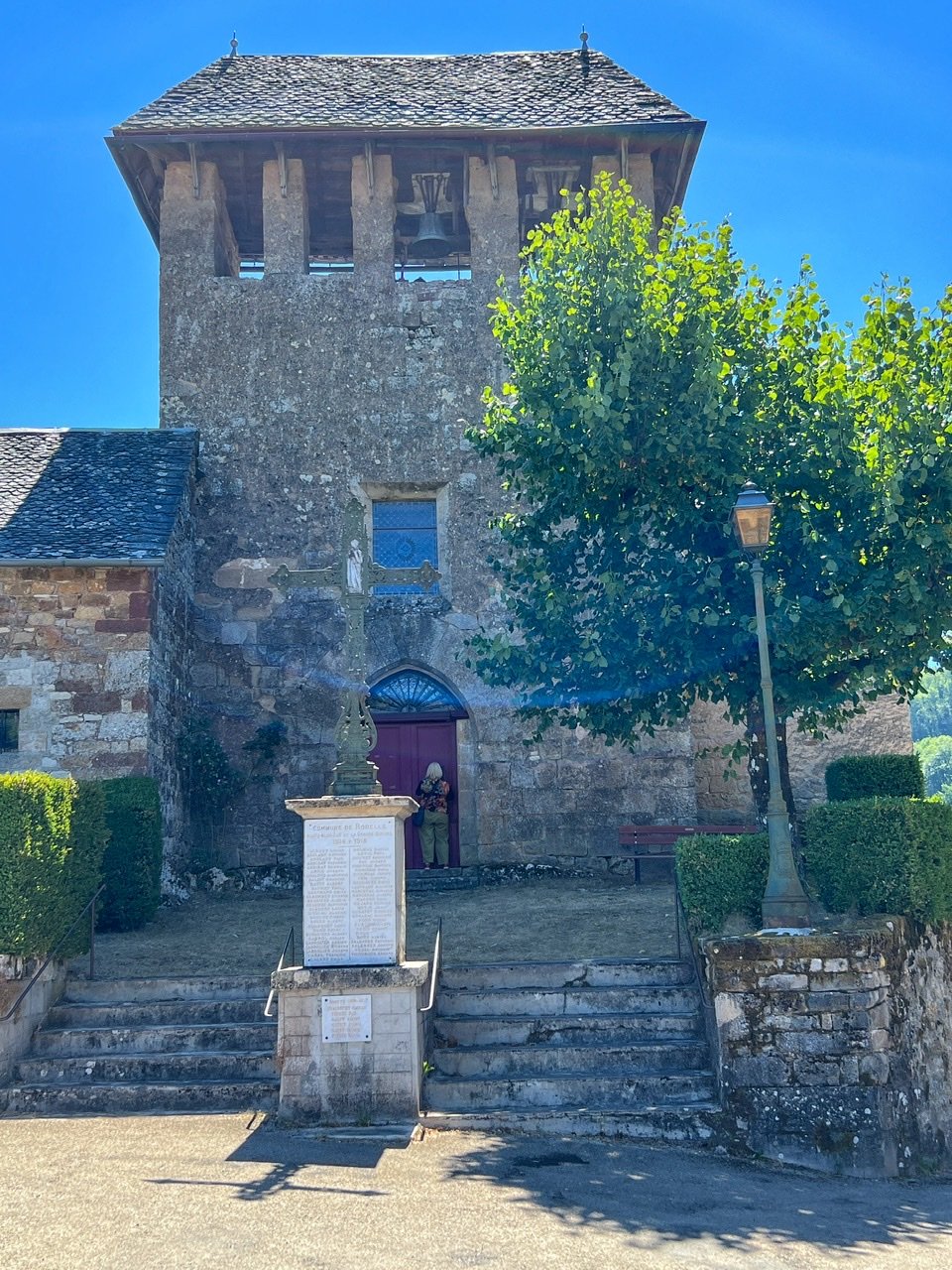
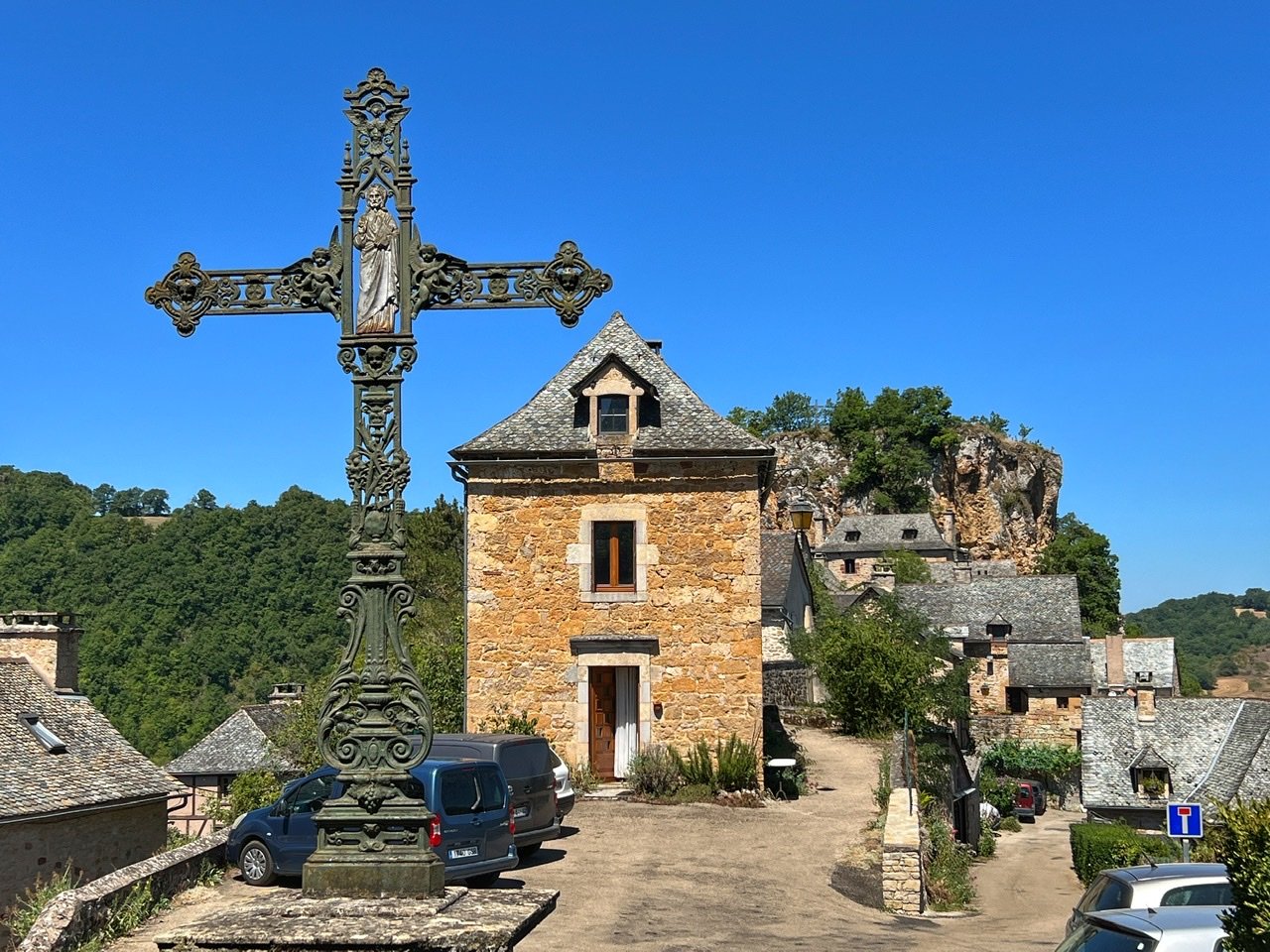
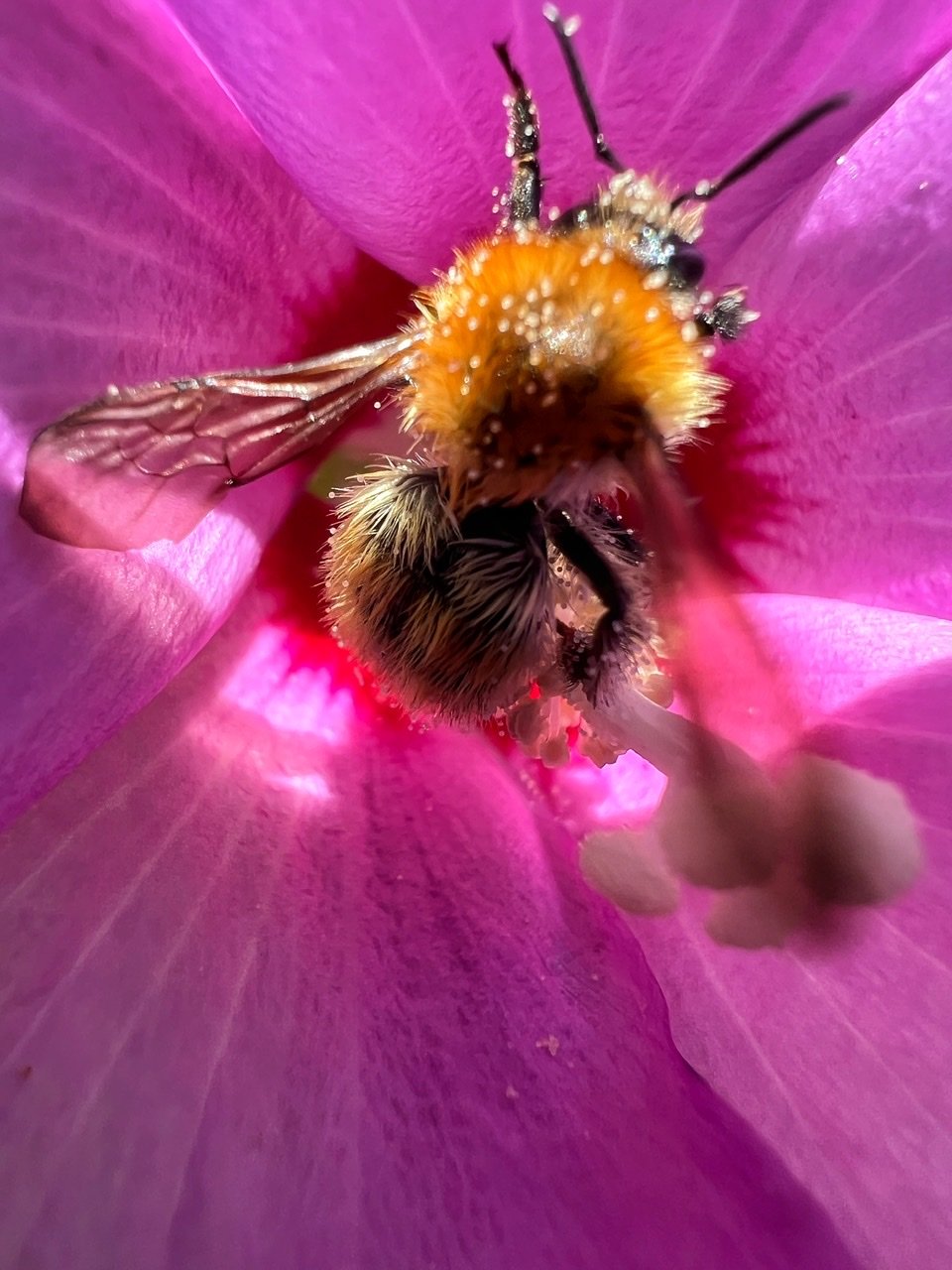
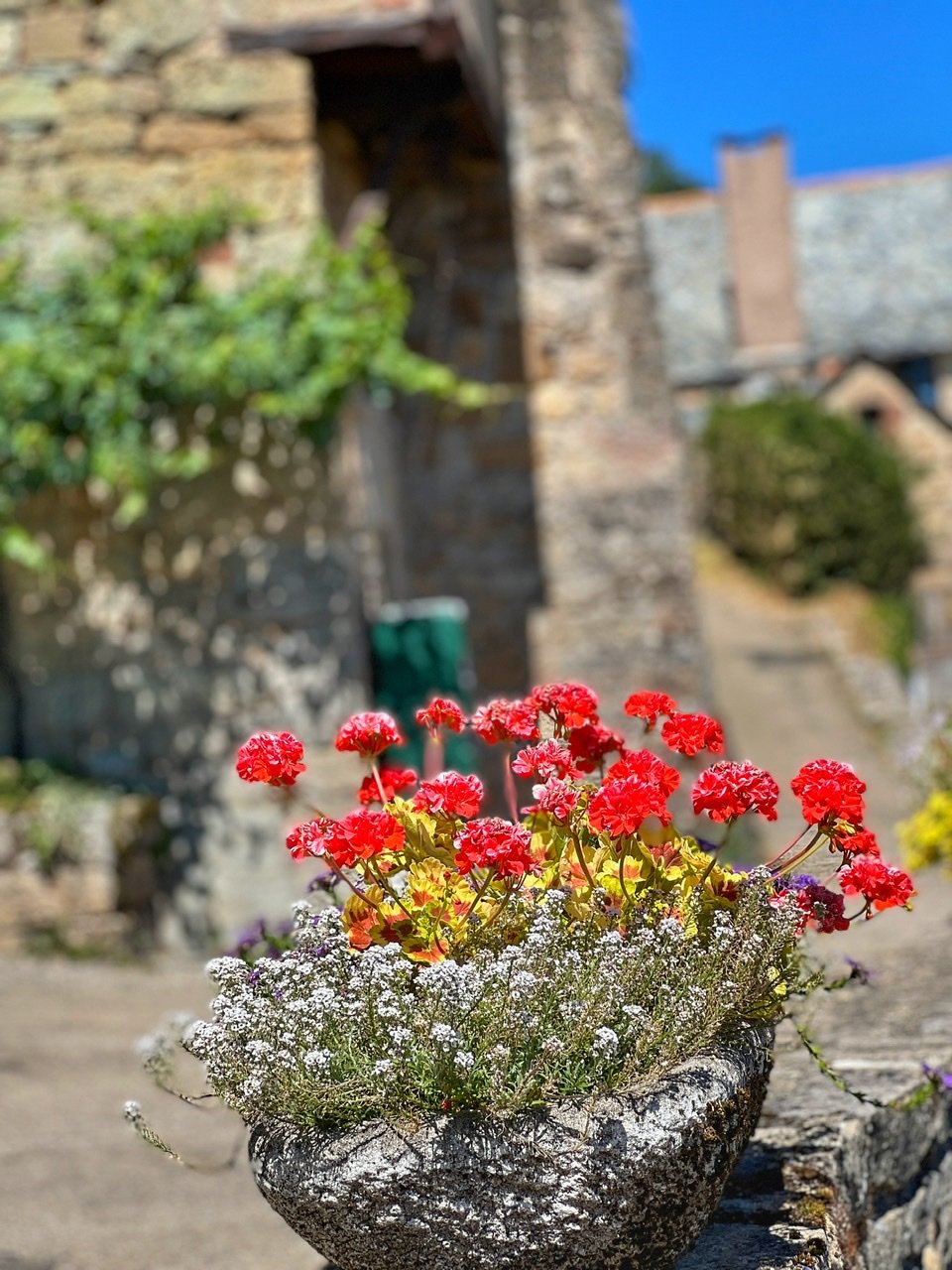
Rocher du Ronesque
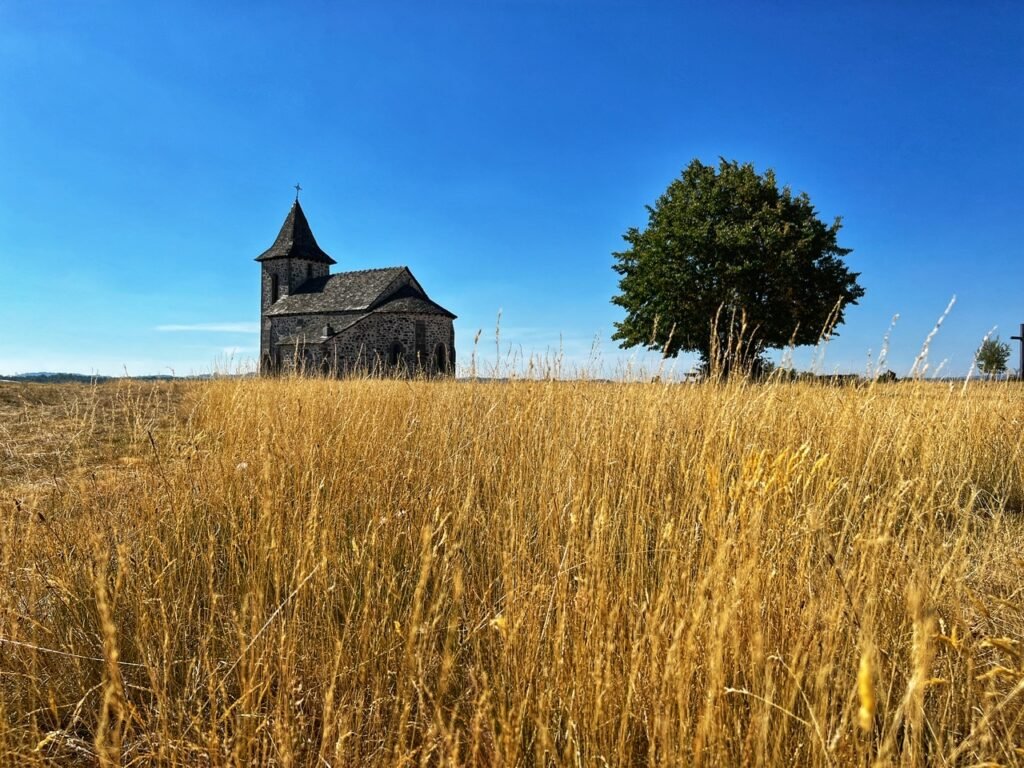
On another afternoon, Laura took Mandy to Rocher du Ronesque, about 30 minutes from their house. We walked around atop the plateau and received phenomenal views of the surrounding valley. For Mandy it was challenging not to gaze at the simplicity of this scene and think of Ukraine. As we sat and breathed in the grandeur of this world in rural France, fortunate in our privileges, how are they doing? Are “thoughts and prayers” still even going their way? Or, have we all already forgotten as we move onto the next news story?
Jonas Grottoes

Heading north from Mur-de-Barrez, the Jonas Grottoes is a series of cave dwellings inhabited without interruption until the French Revolution. They were formed by natural erosion, but enlarged and transformed into a fortified and livable cave village by men (and probably ladies too although of course they were not mentioned.) History does know that the Celts lived here as early as 400BC.
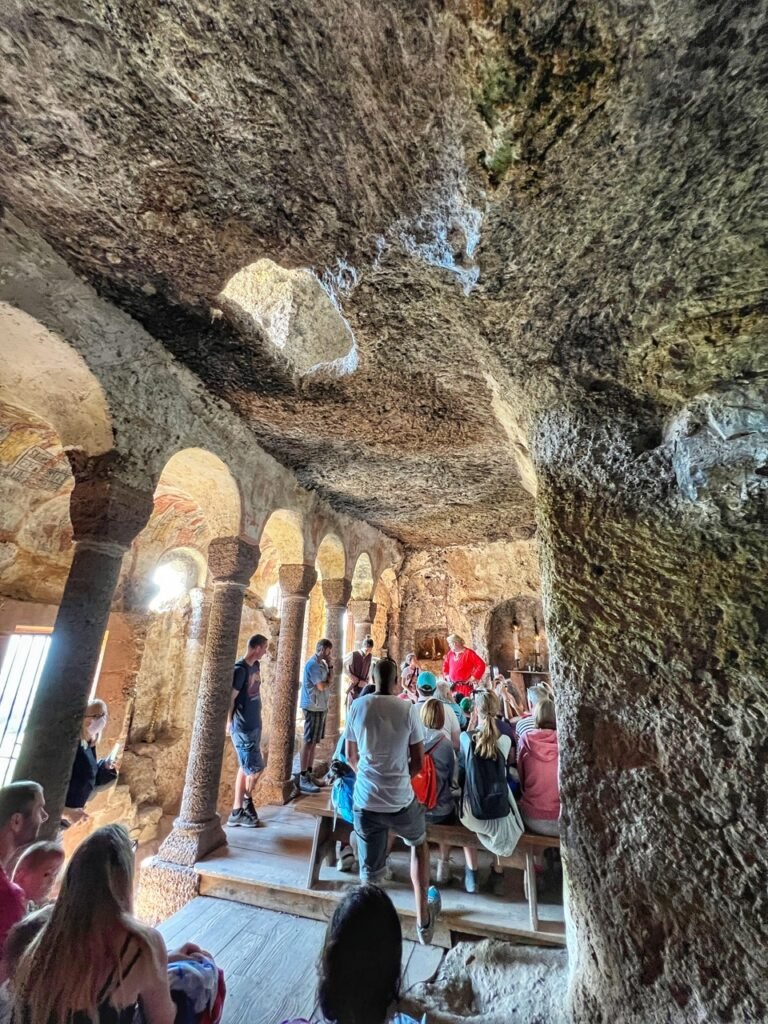
It is believed that cenobites monks, a religious community that lived in isolation, moved to Jonas in the late 10th century. However, medieval religious communities were then dependent on the goodwill of the local lord. As a result, many eventually disappeared and was virtually vacant by 12th century. (Travelfranceonline.com) Inside was a fully functional village which included a Romanesque chapel.
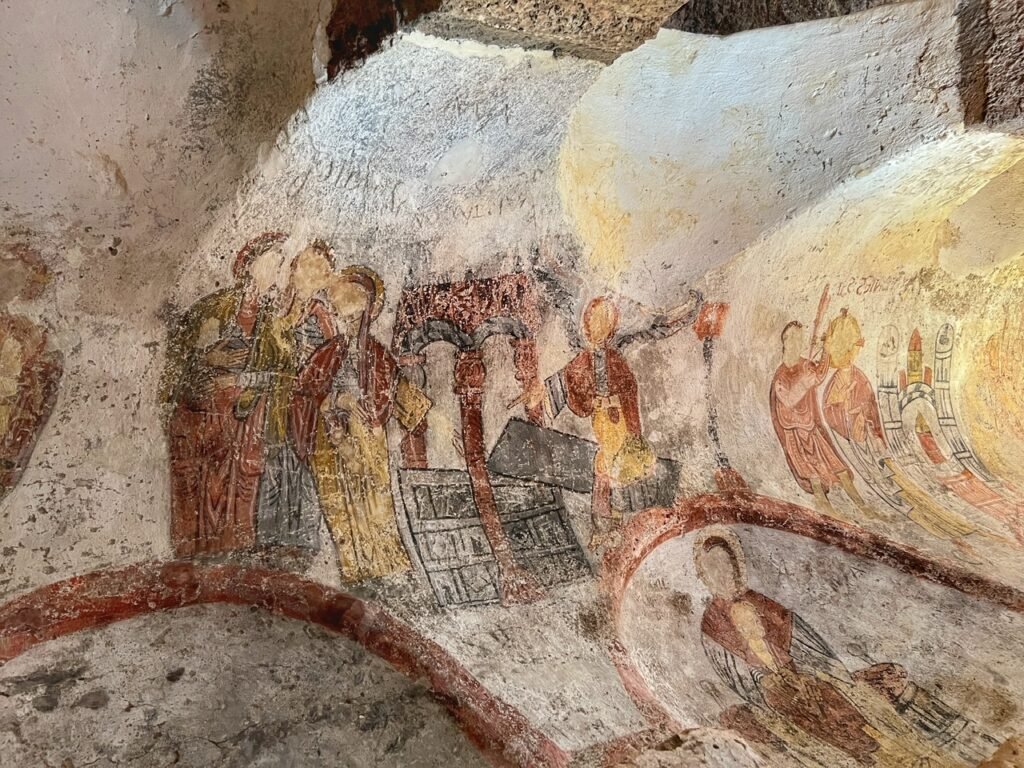
Ancient cave paintings on the ceiling.
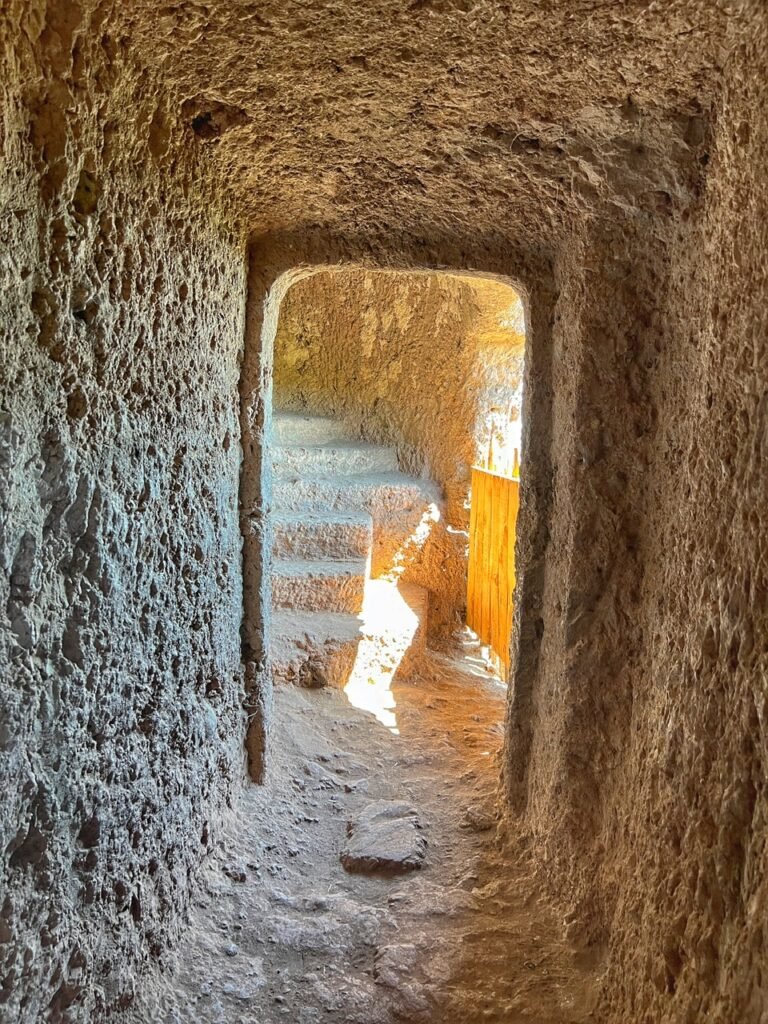
Years later during The Hundred Years War, peasants living in the valley to took refuge in the rock shelters in order to escape the English attacks.

It’s really quite an incredible feat of engineering. Reminded us a lot of Vardzia in Georgia (although not quite as spectacular and you had to take a 9.50€ per person annoying tour.)
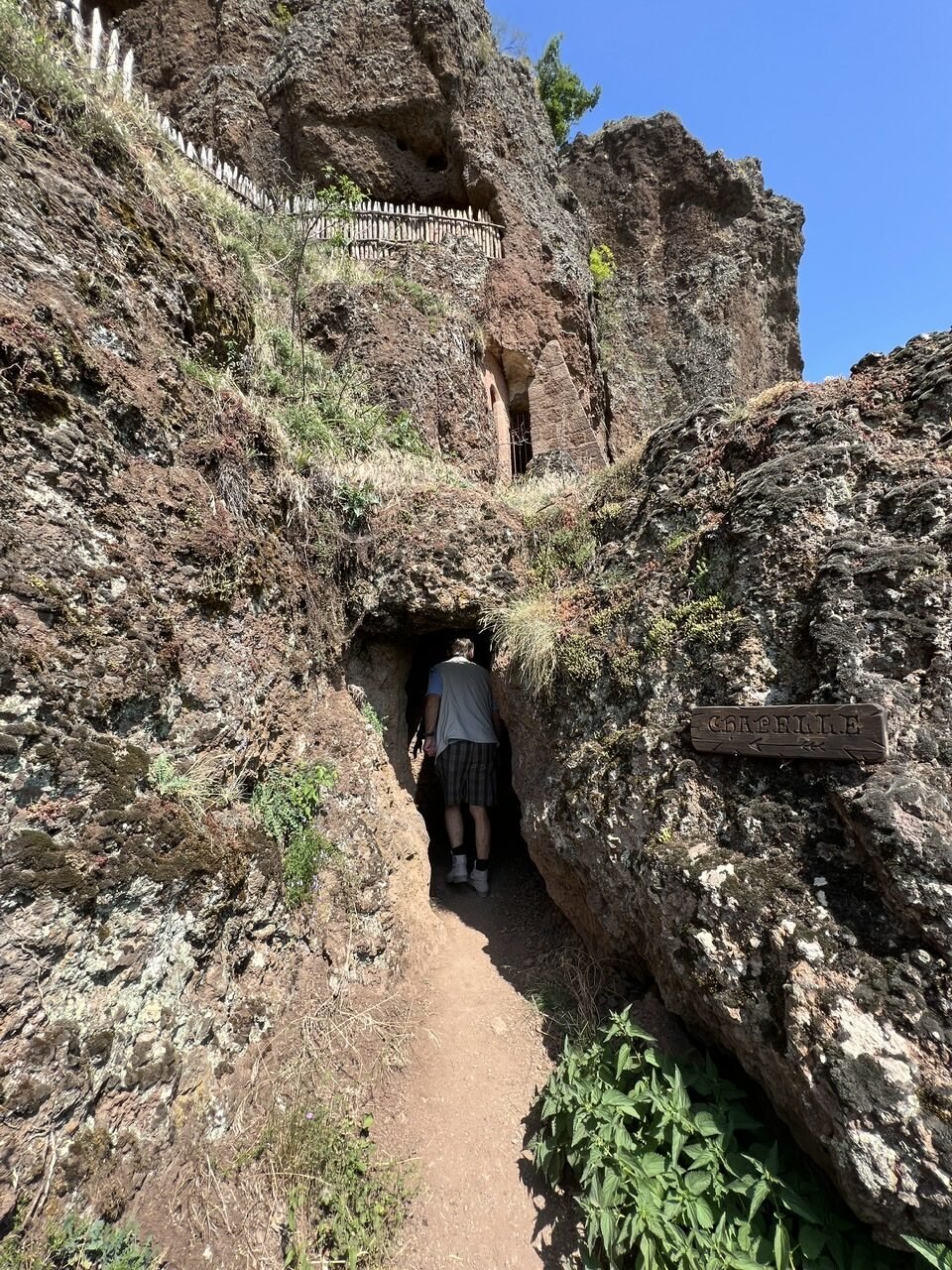
Heading into the “city.”

Oh, and did we mention the stunning landscape that surrounds?

Or, the incredibly rocky terrain?


